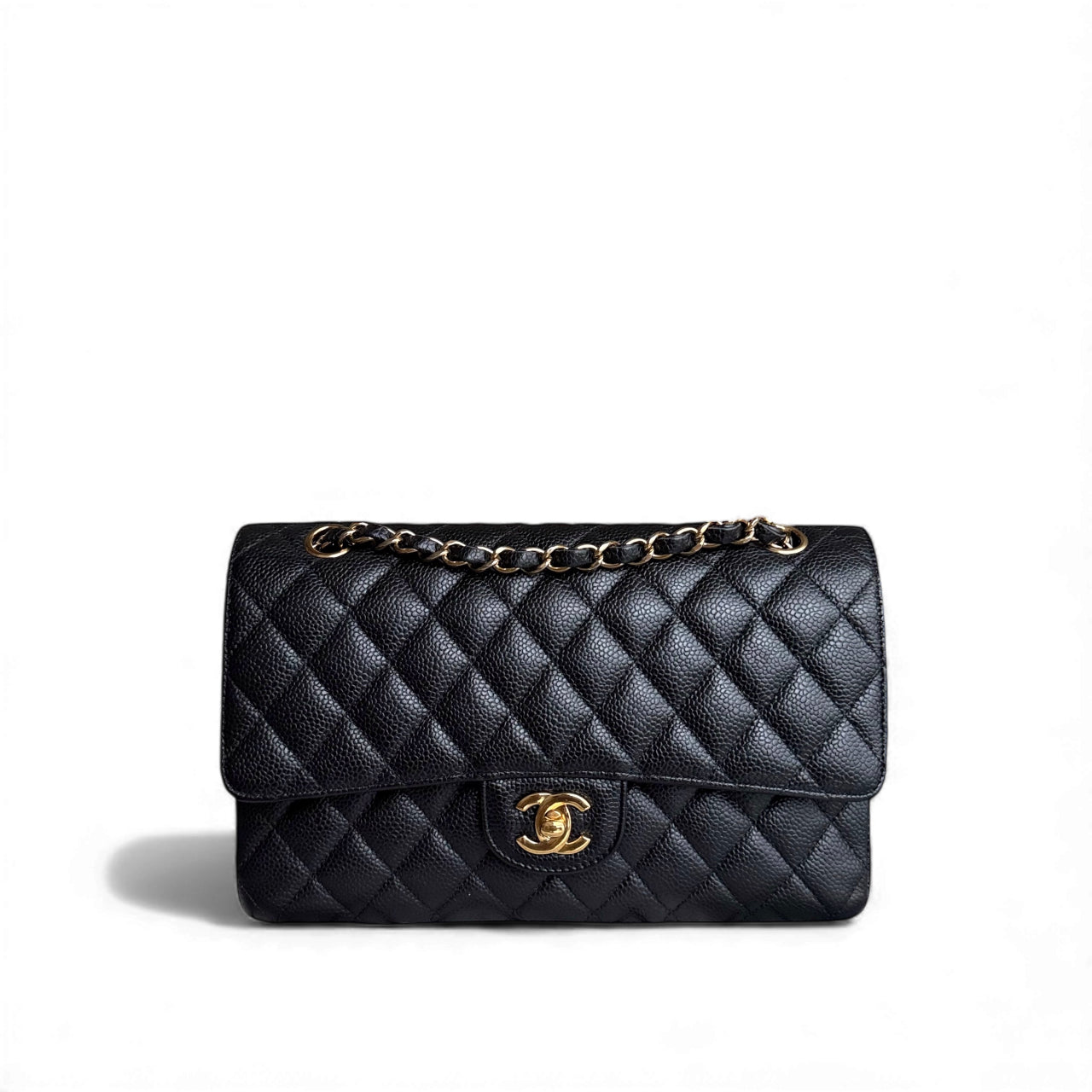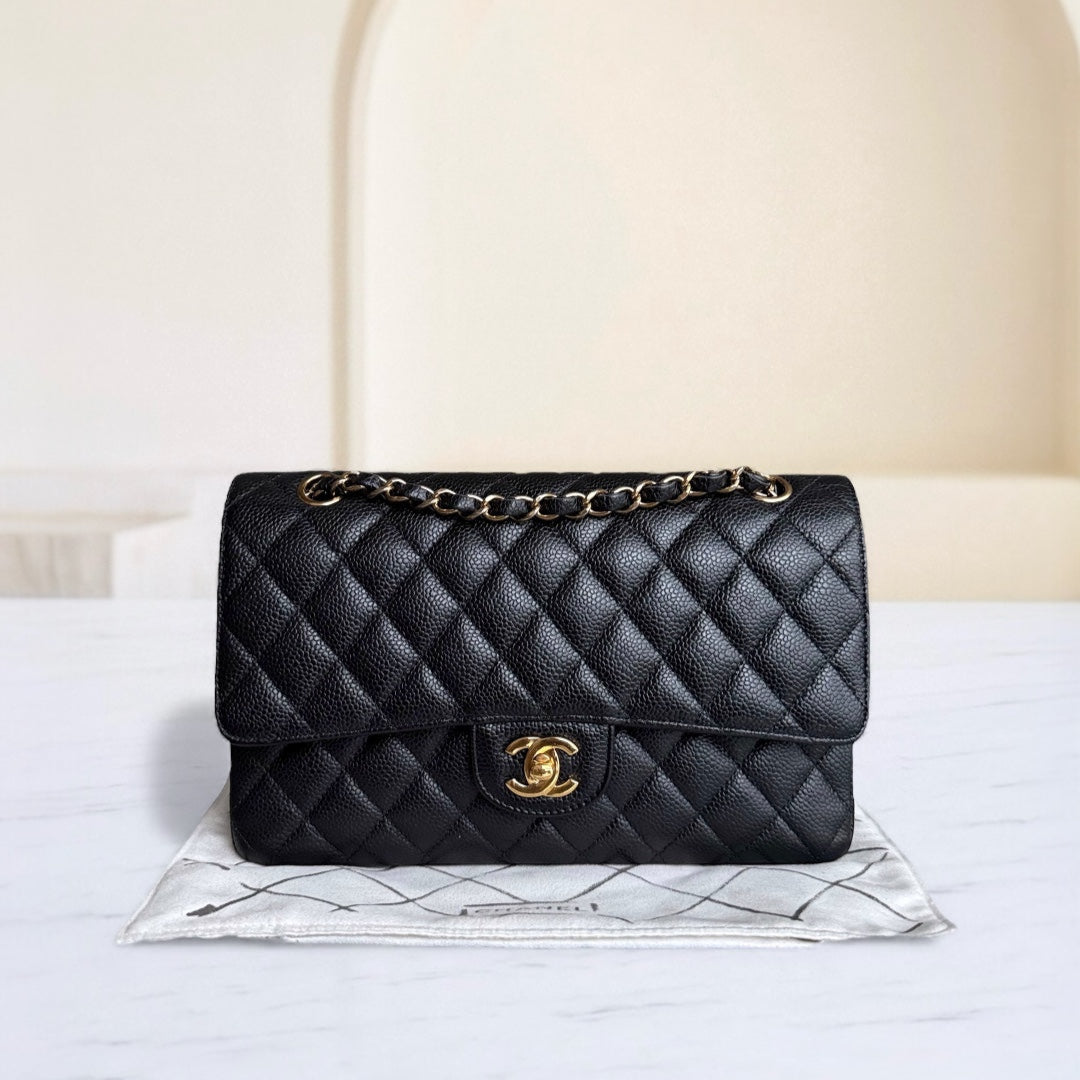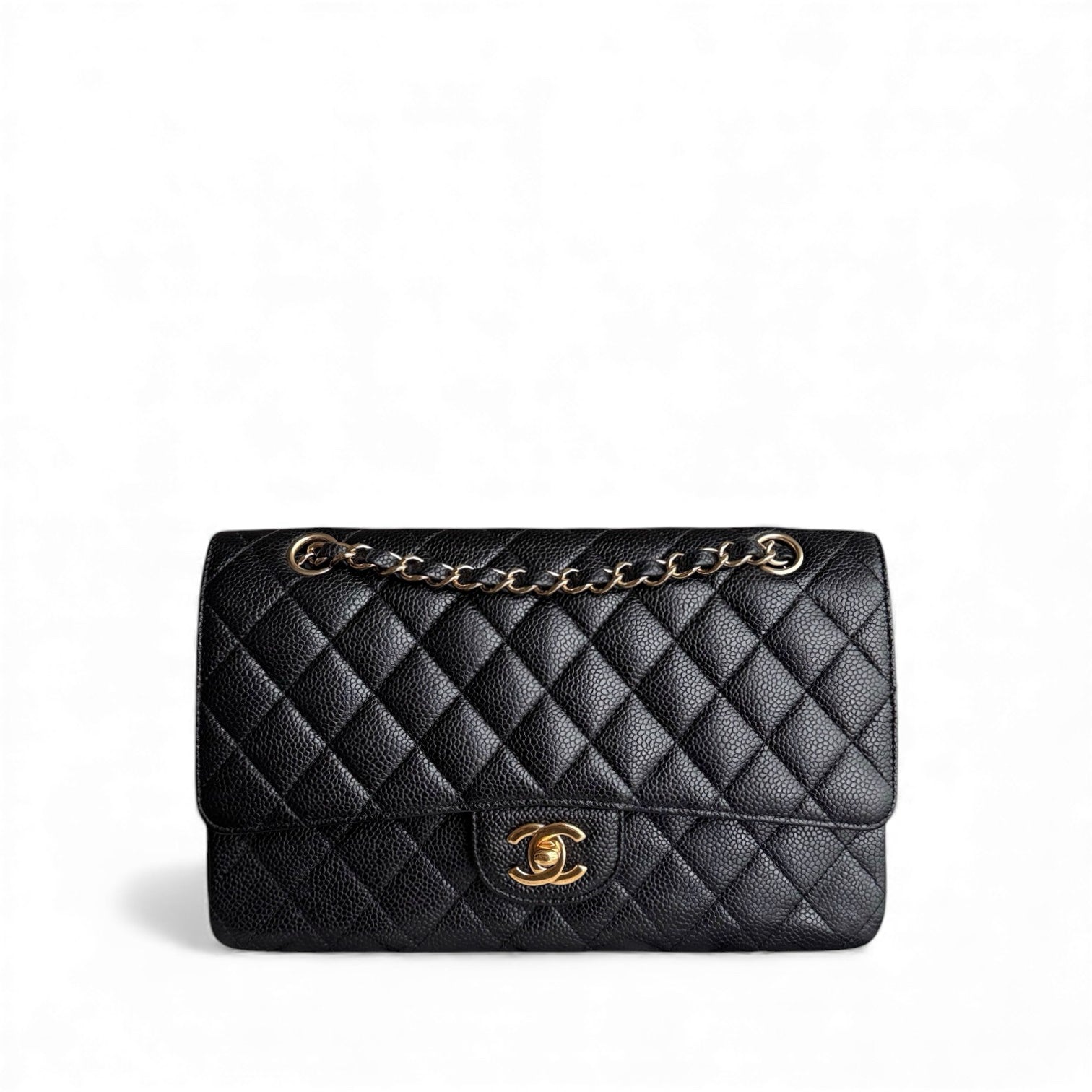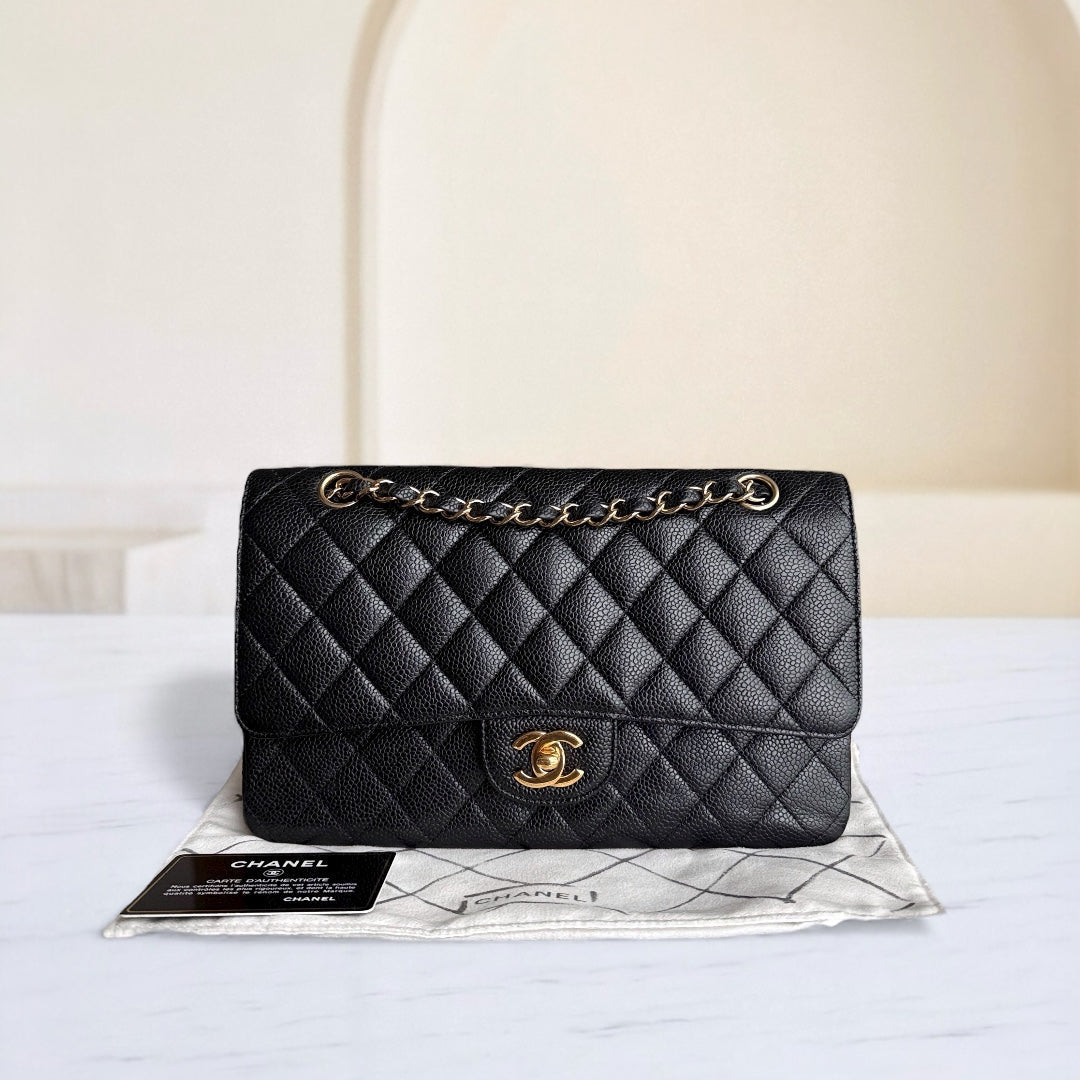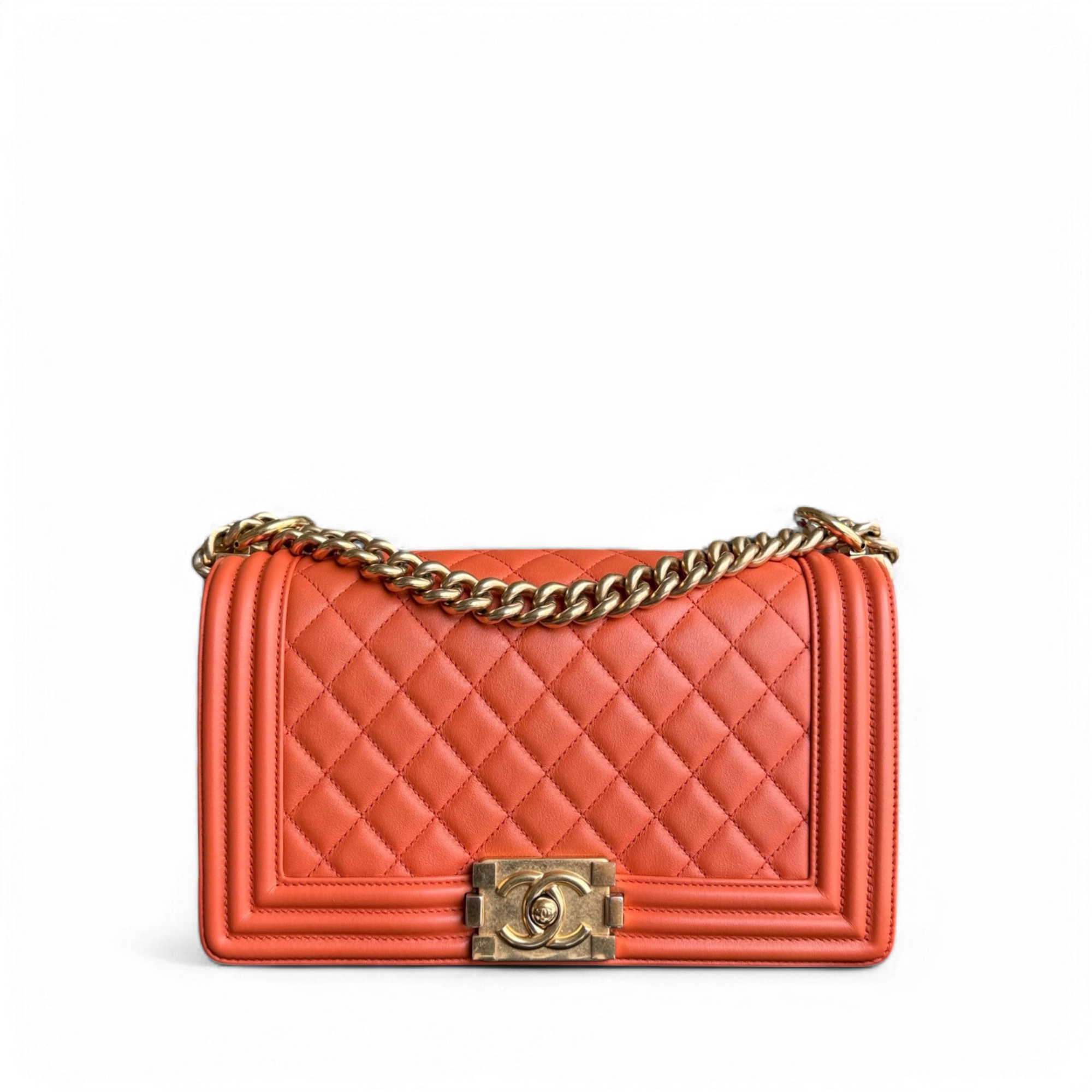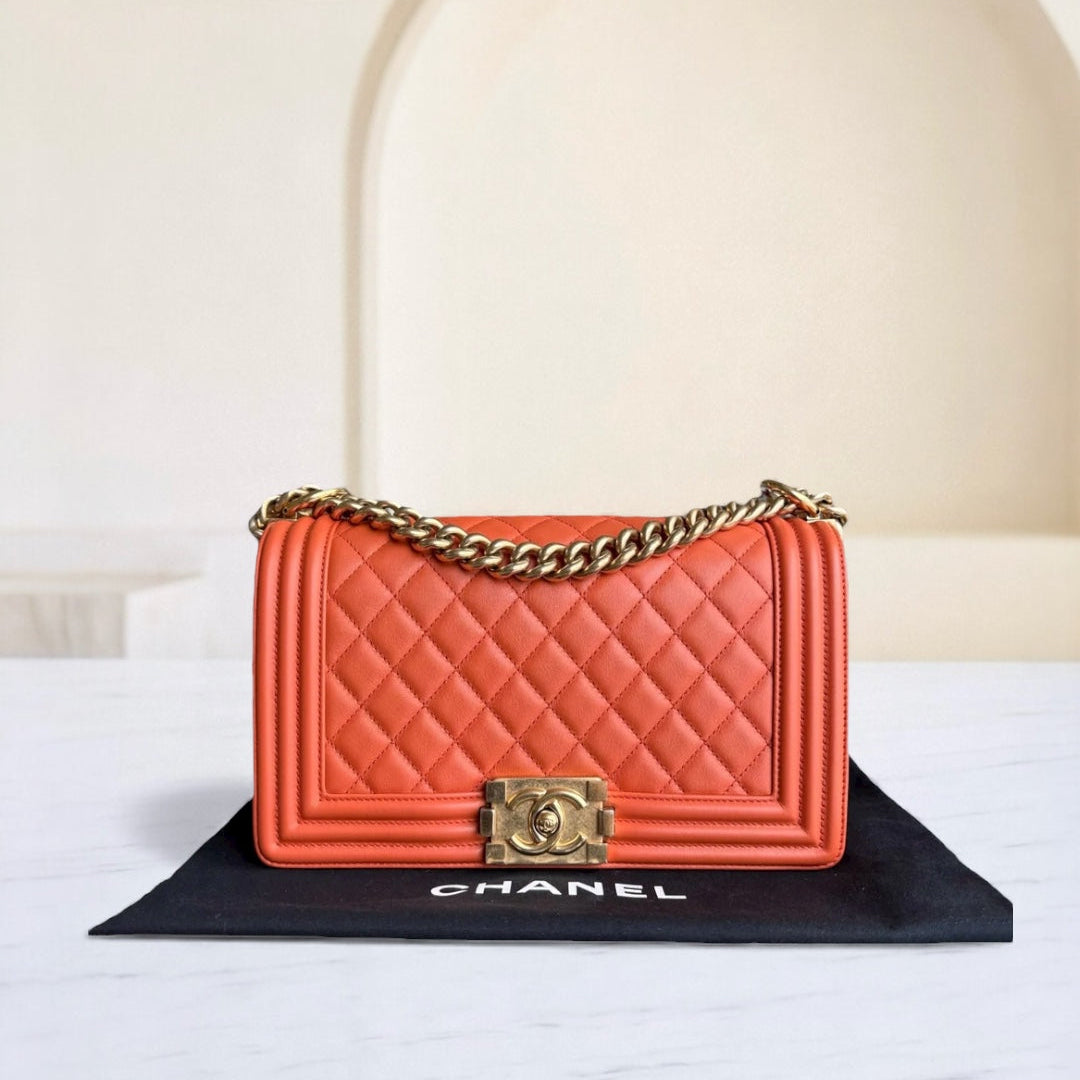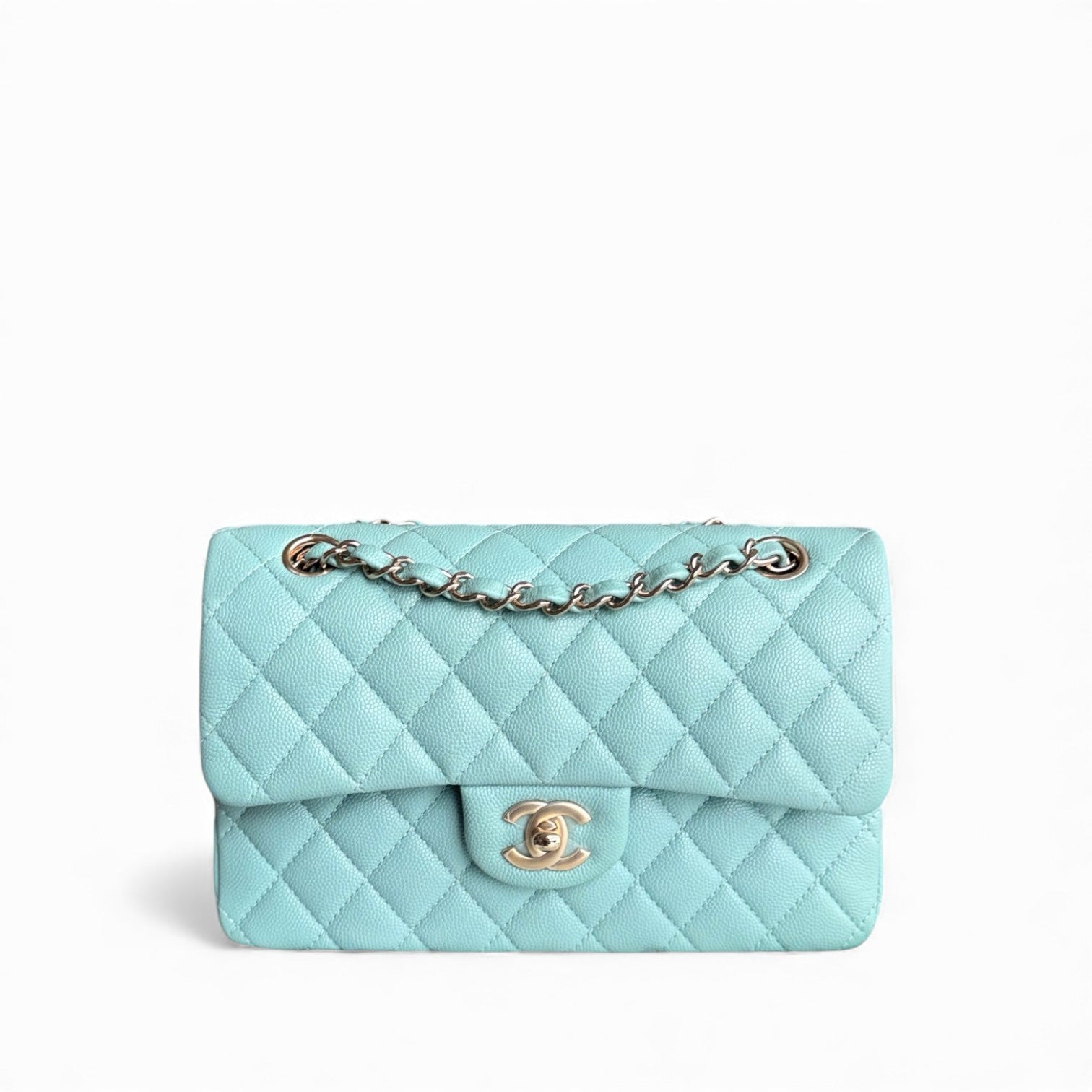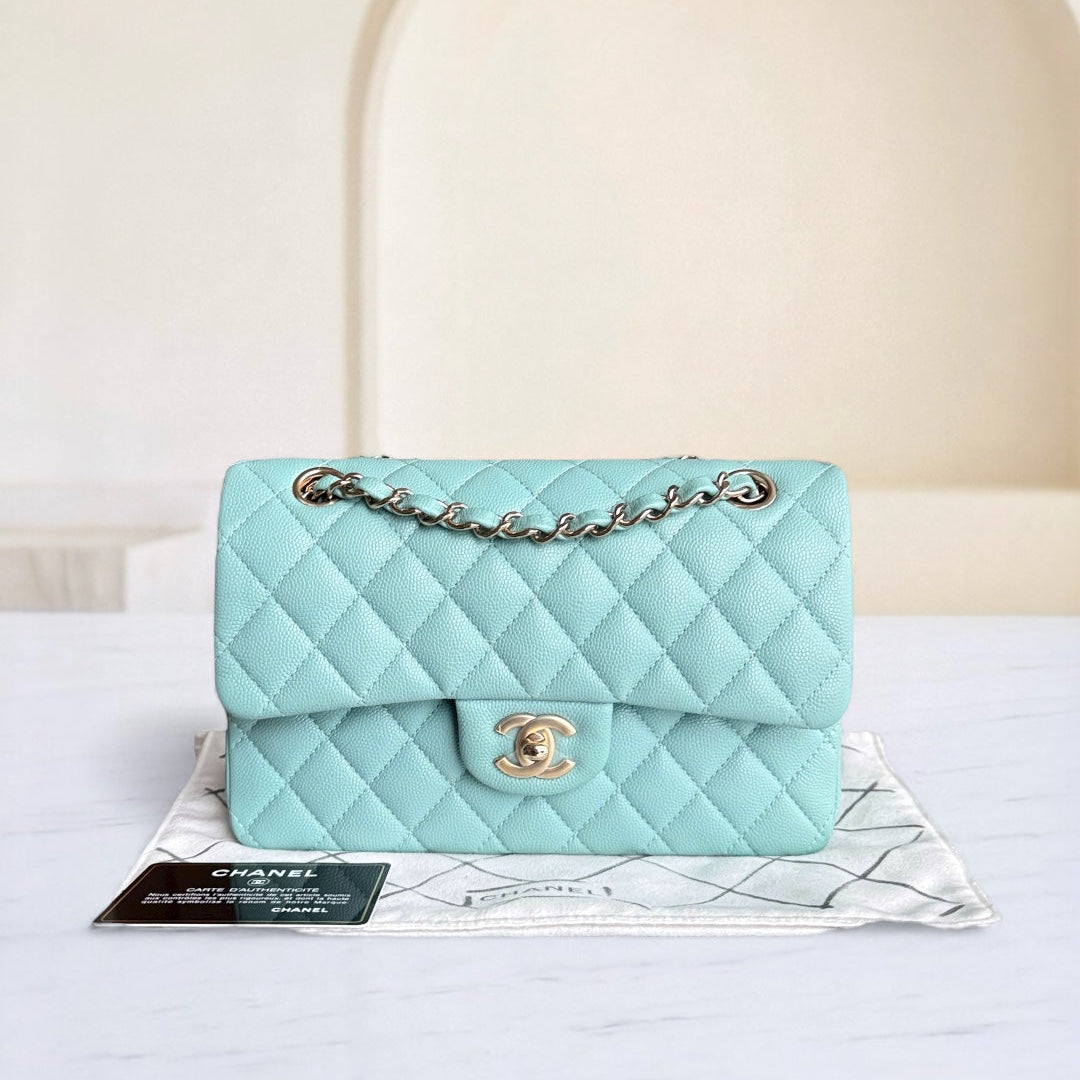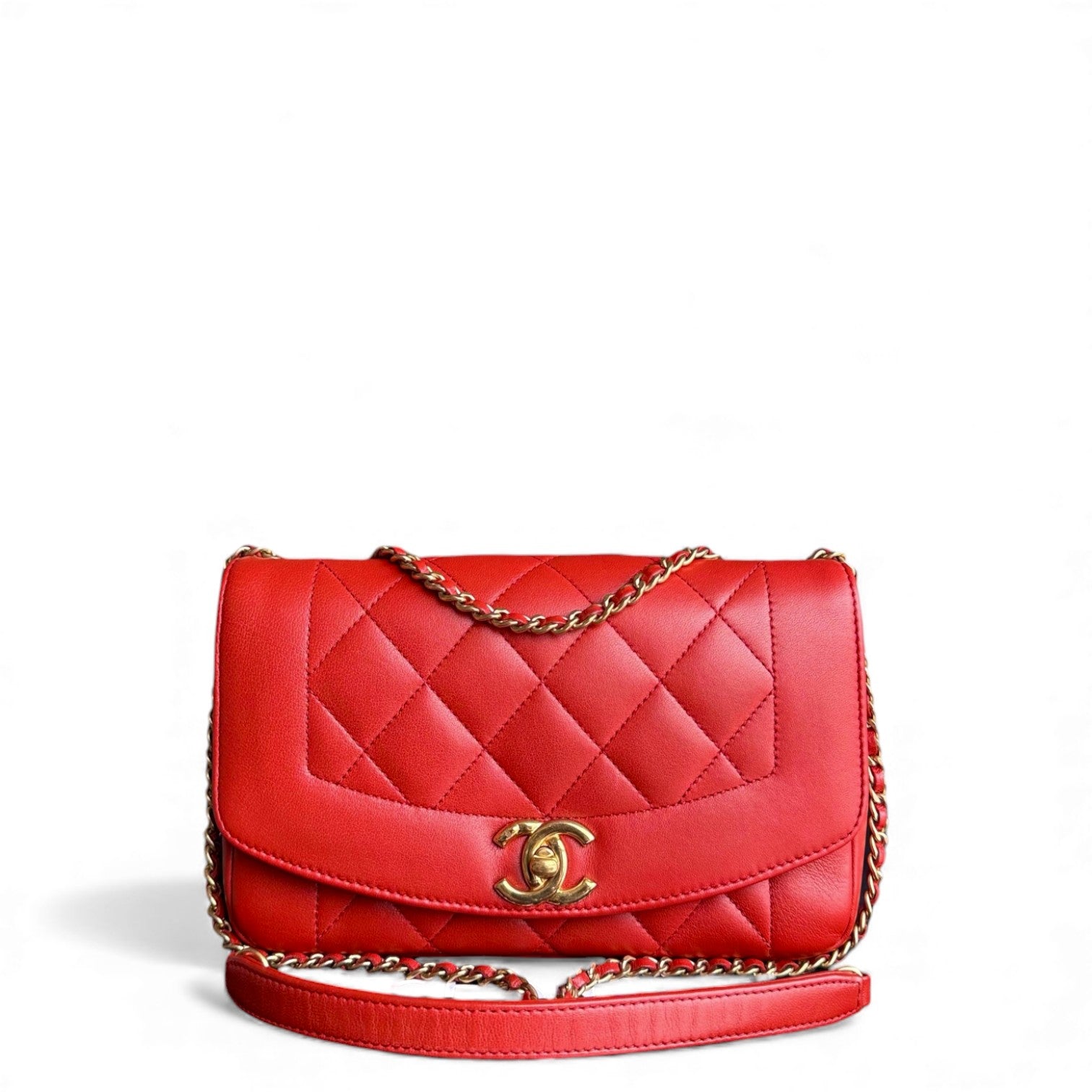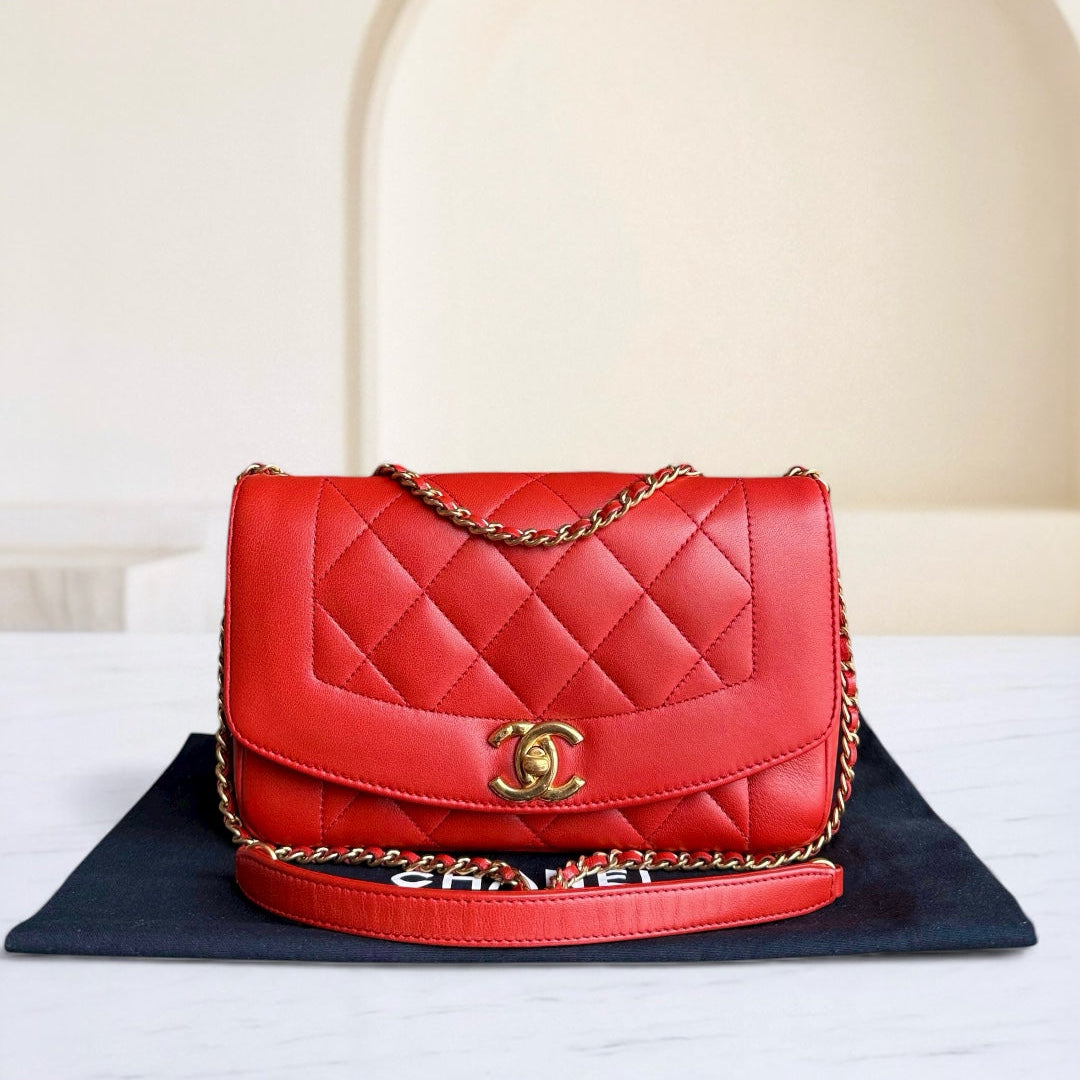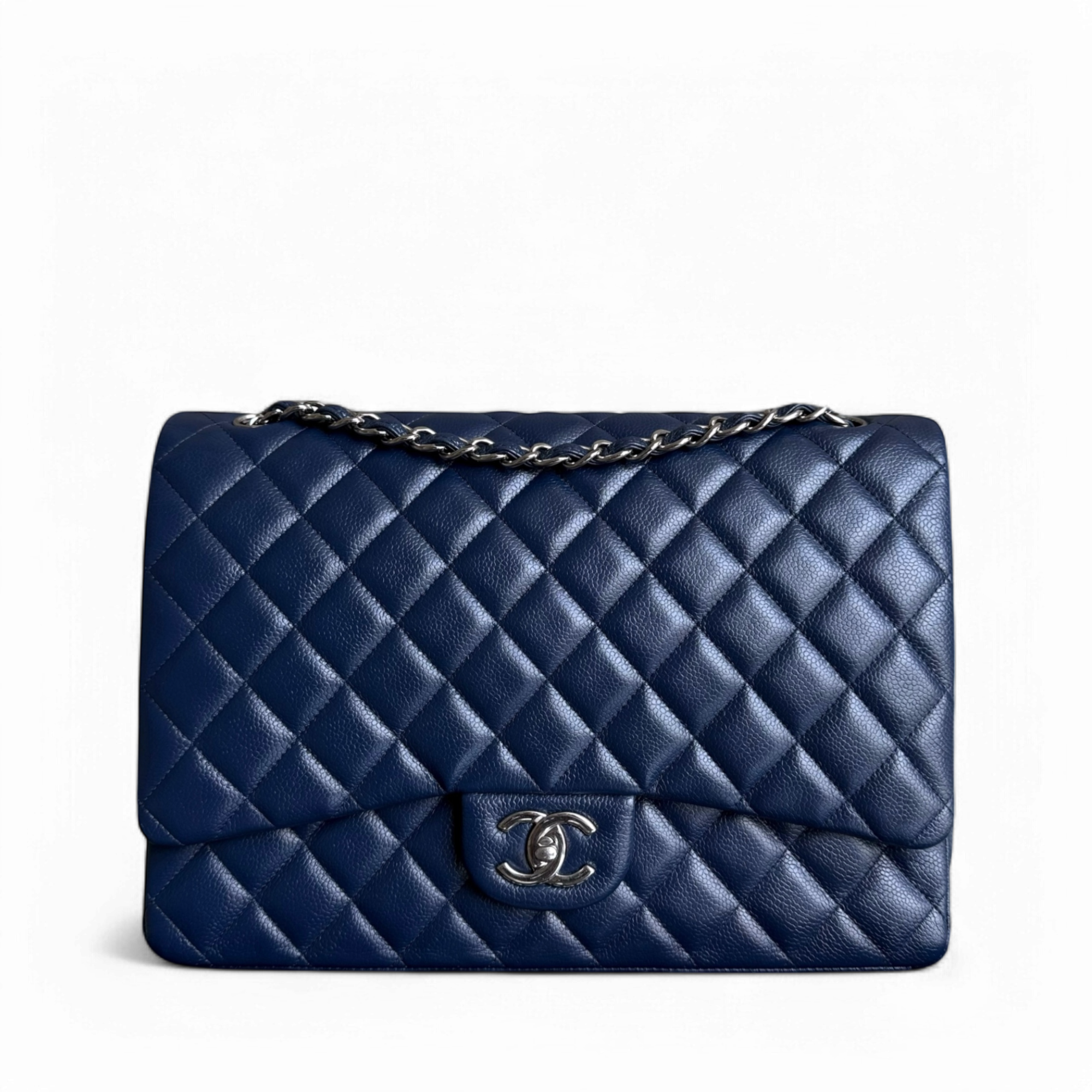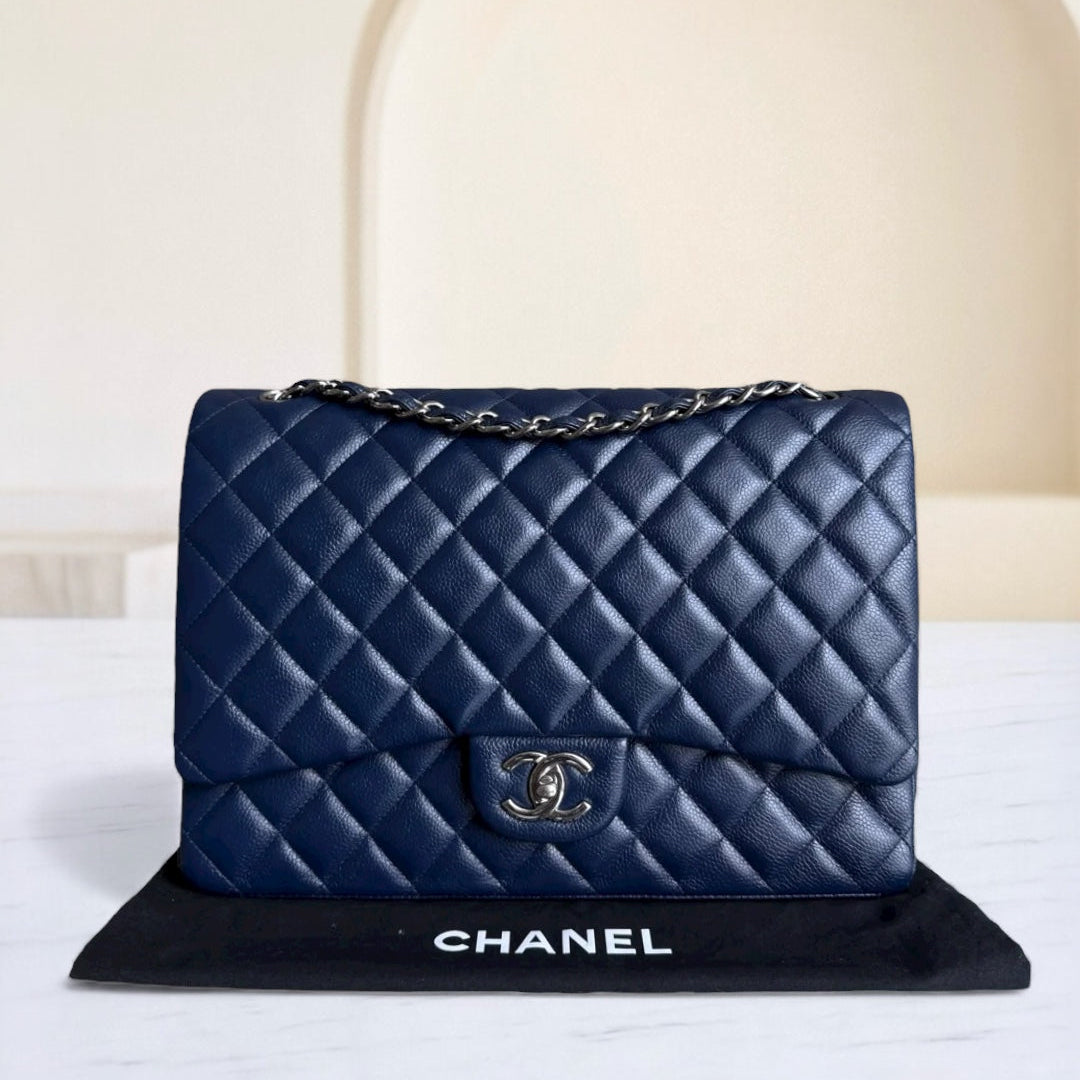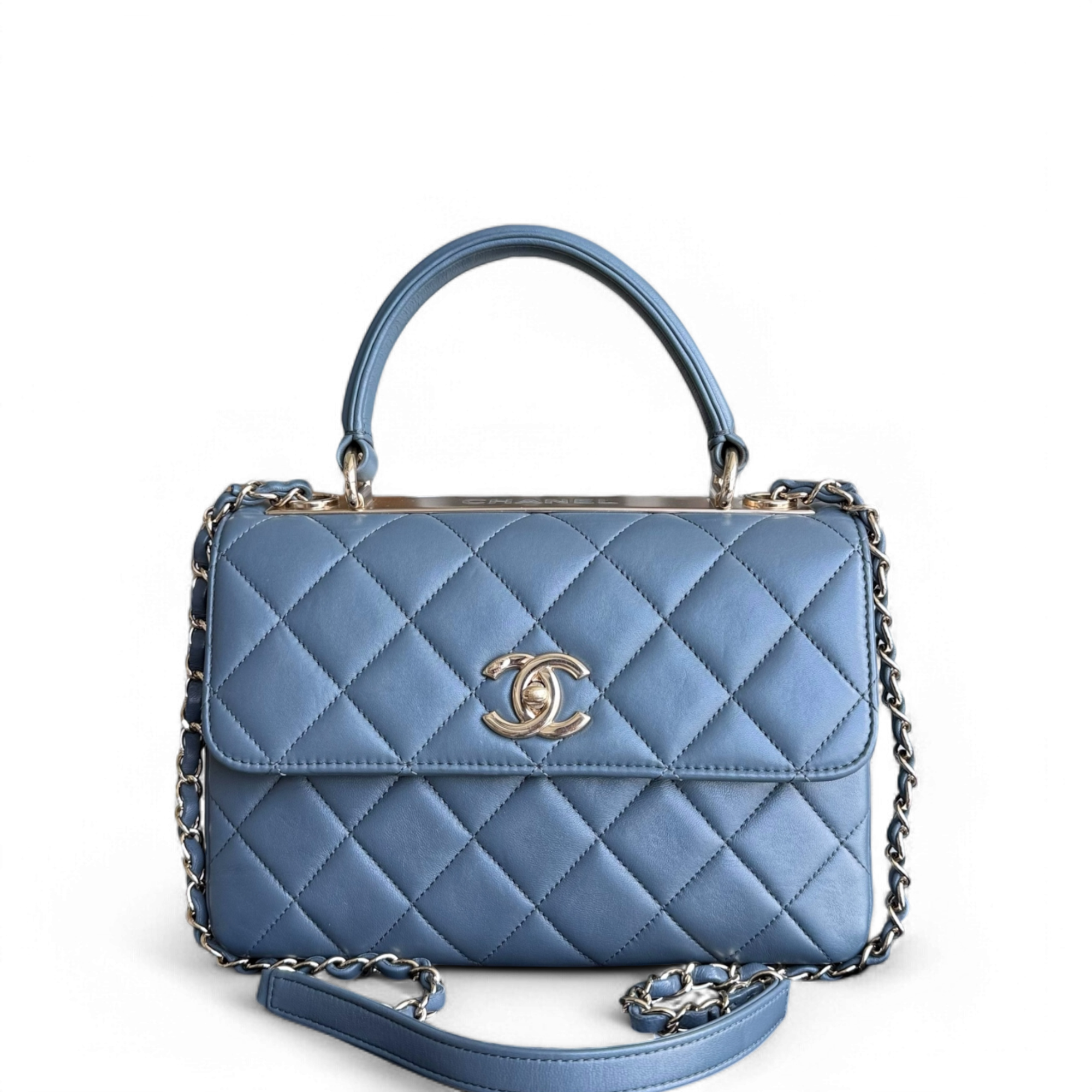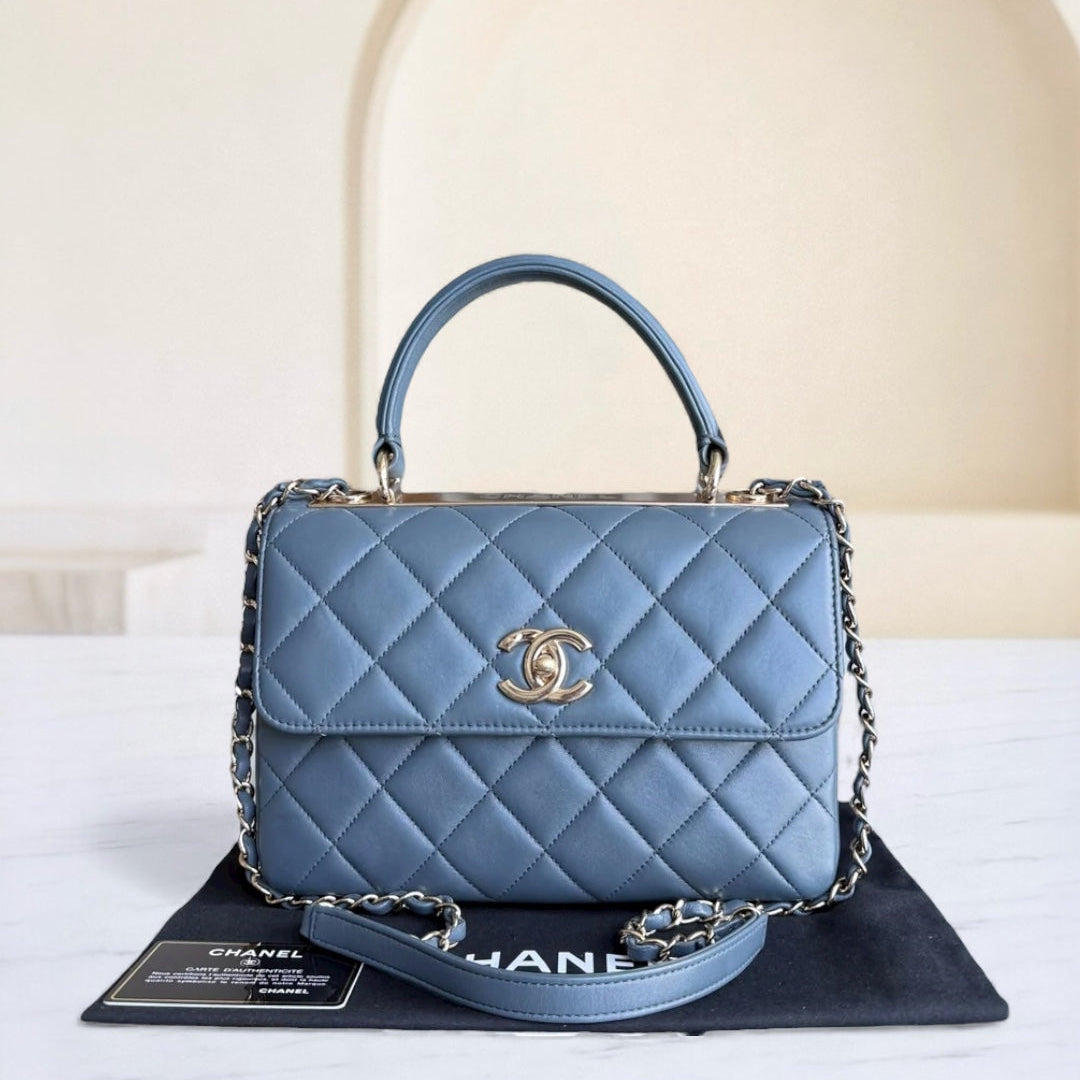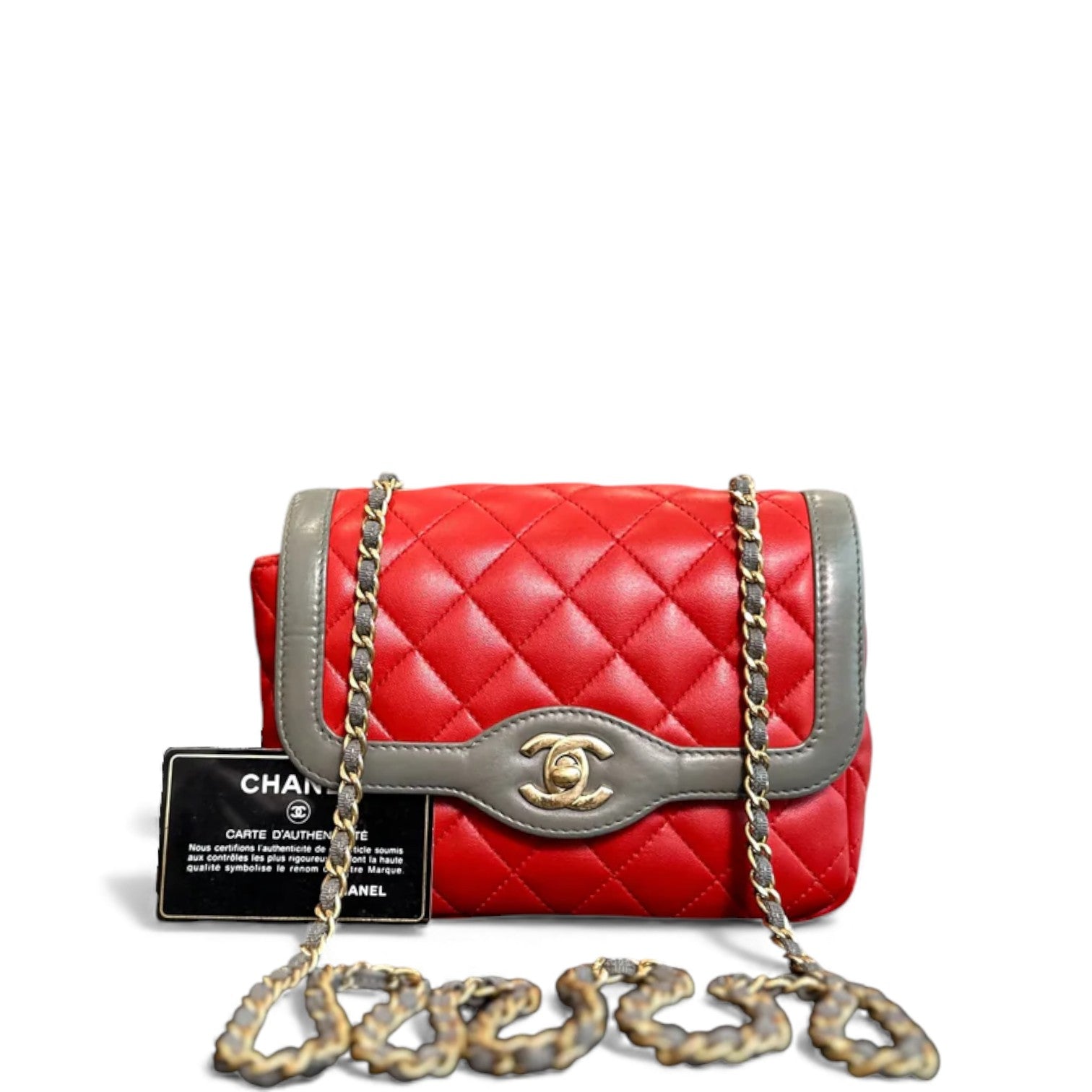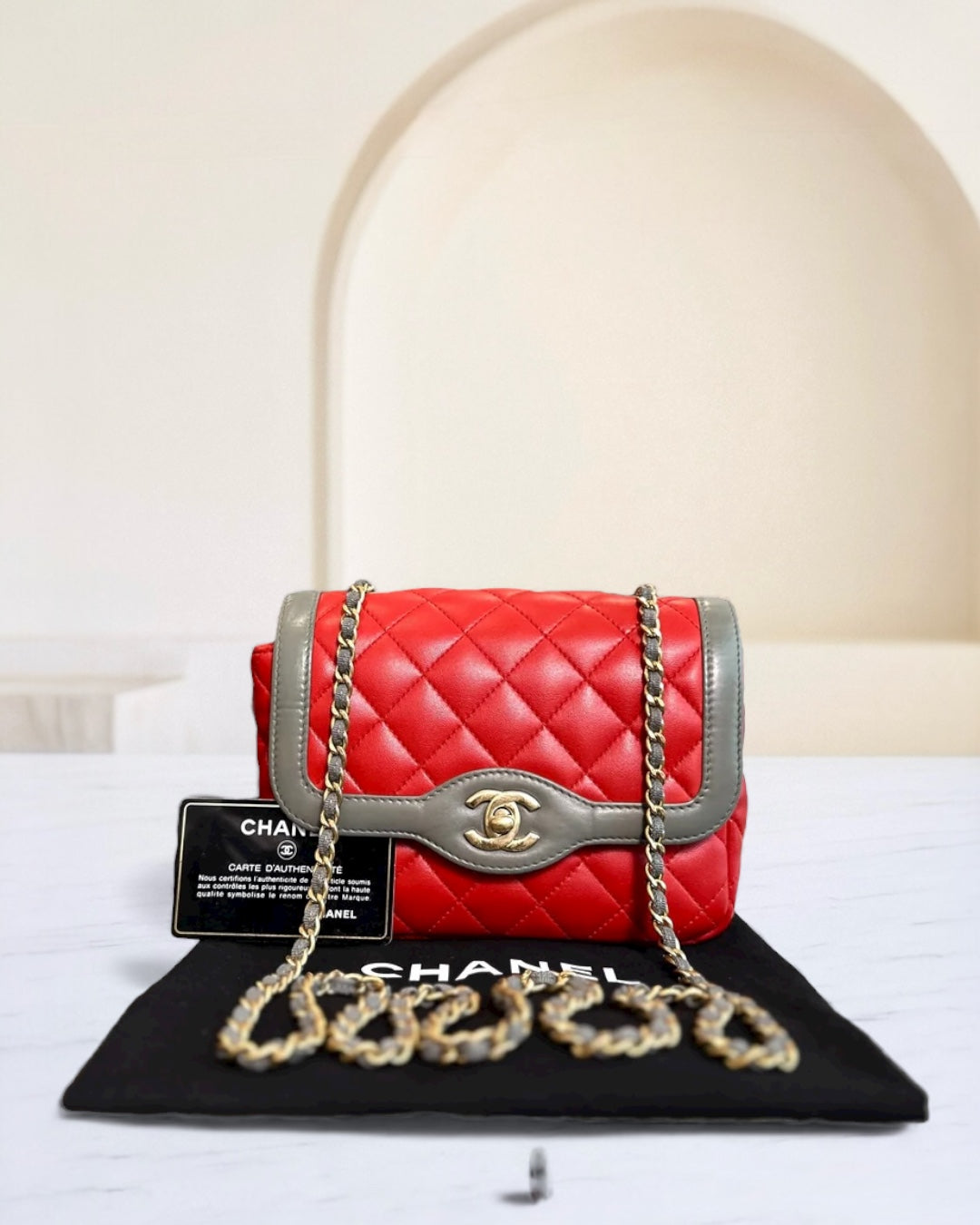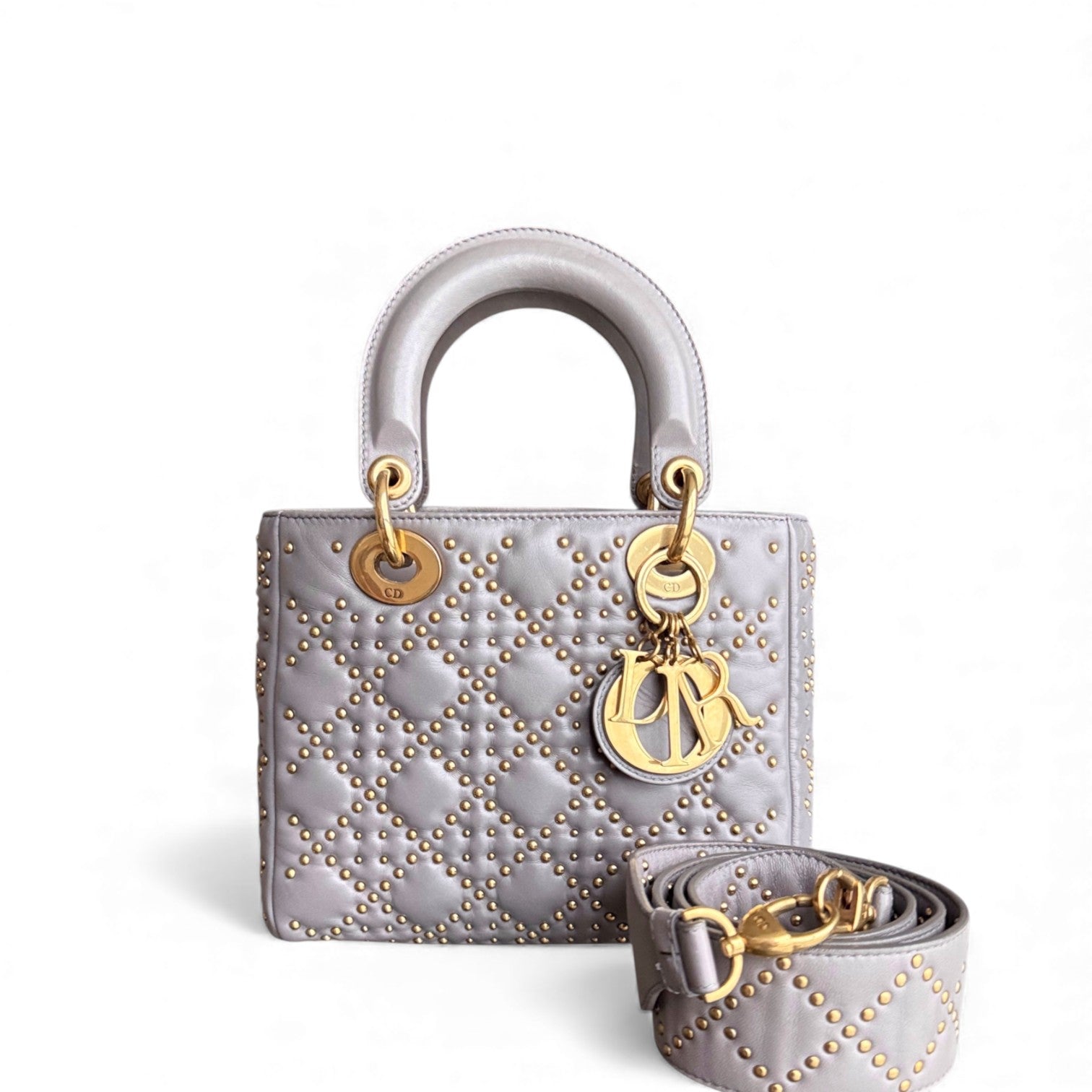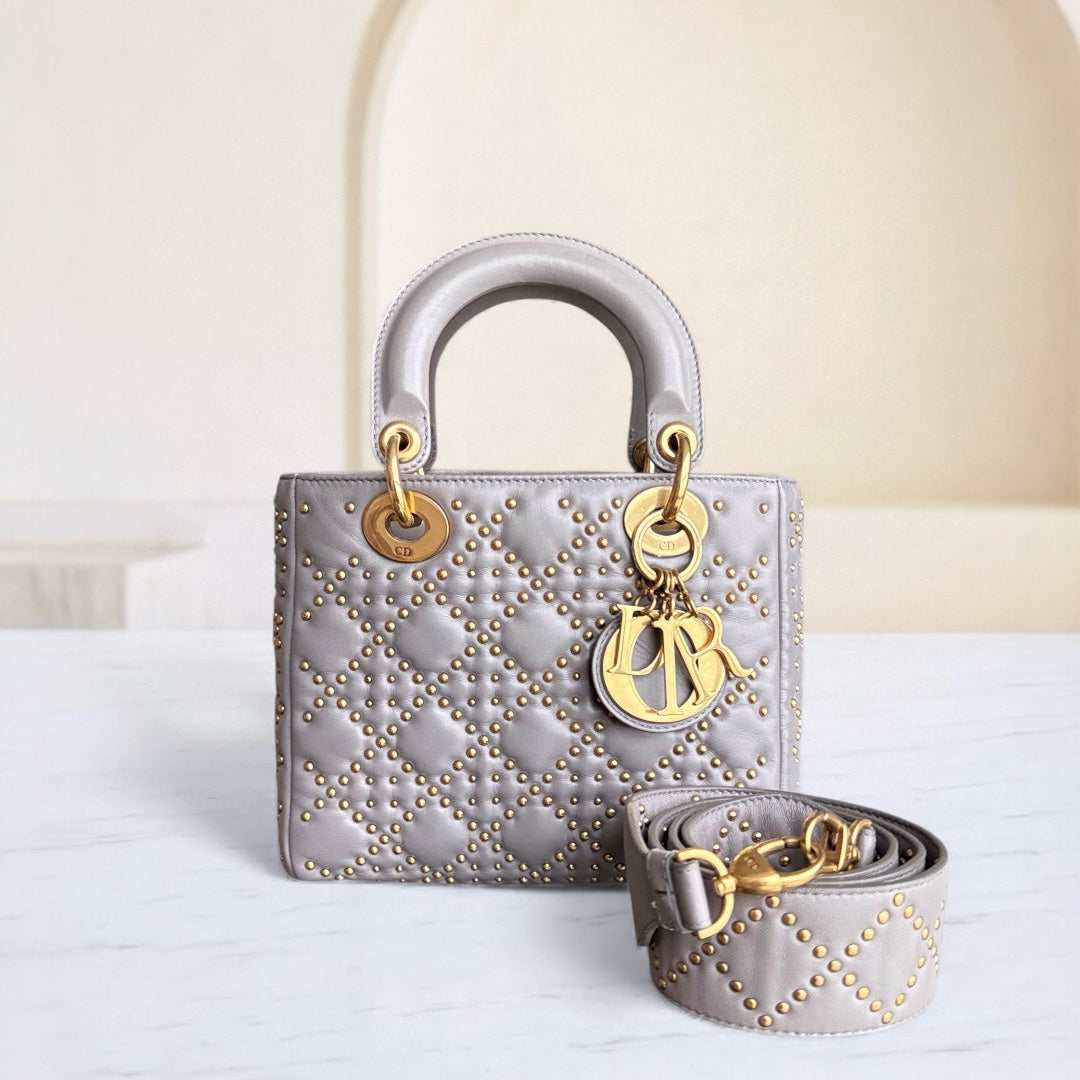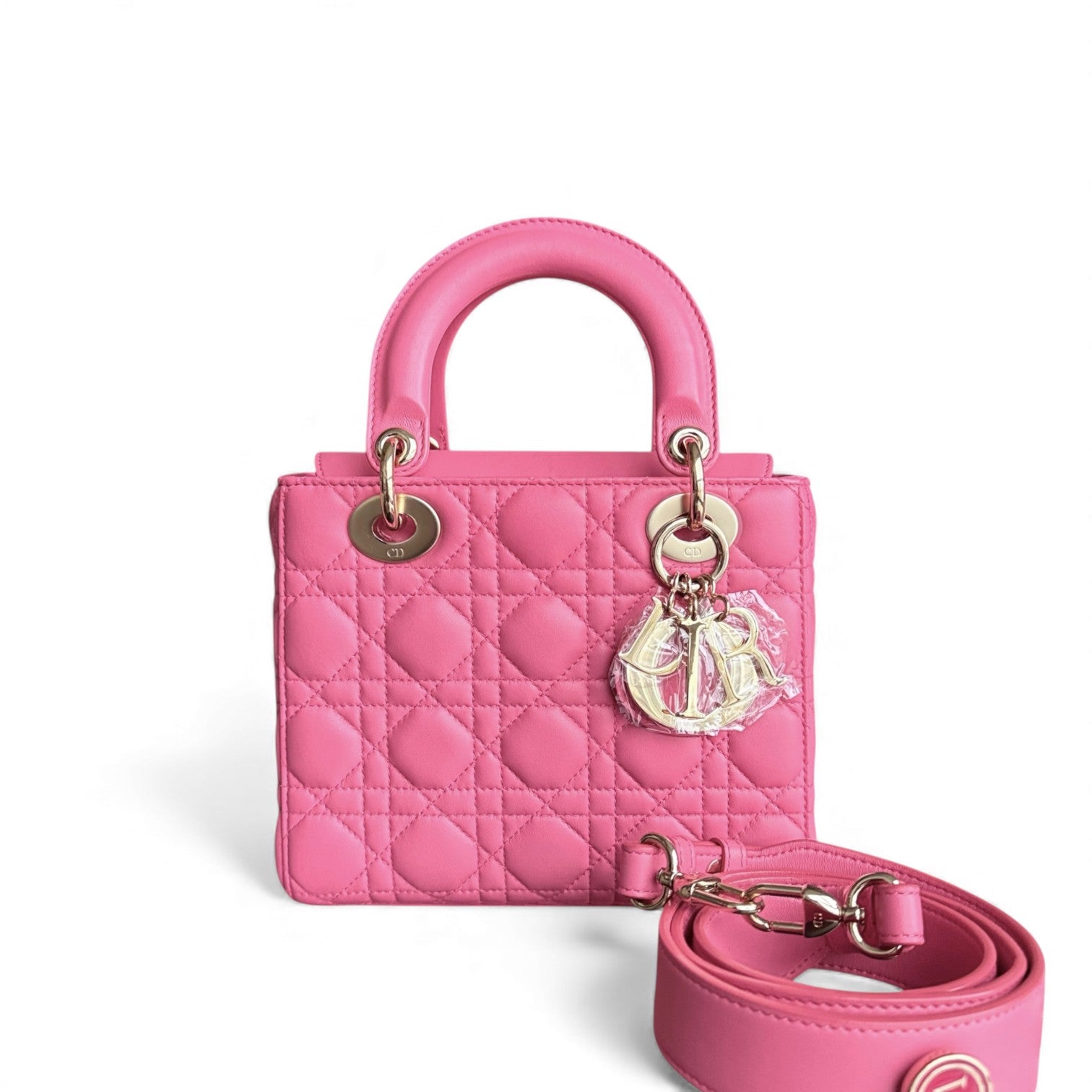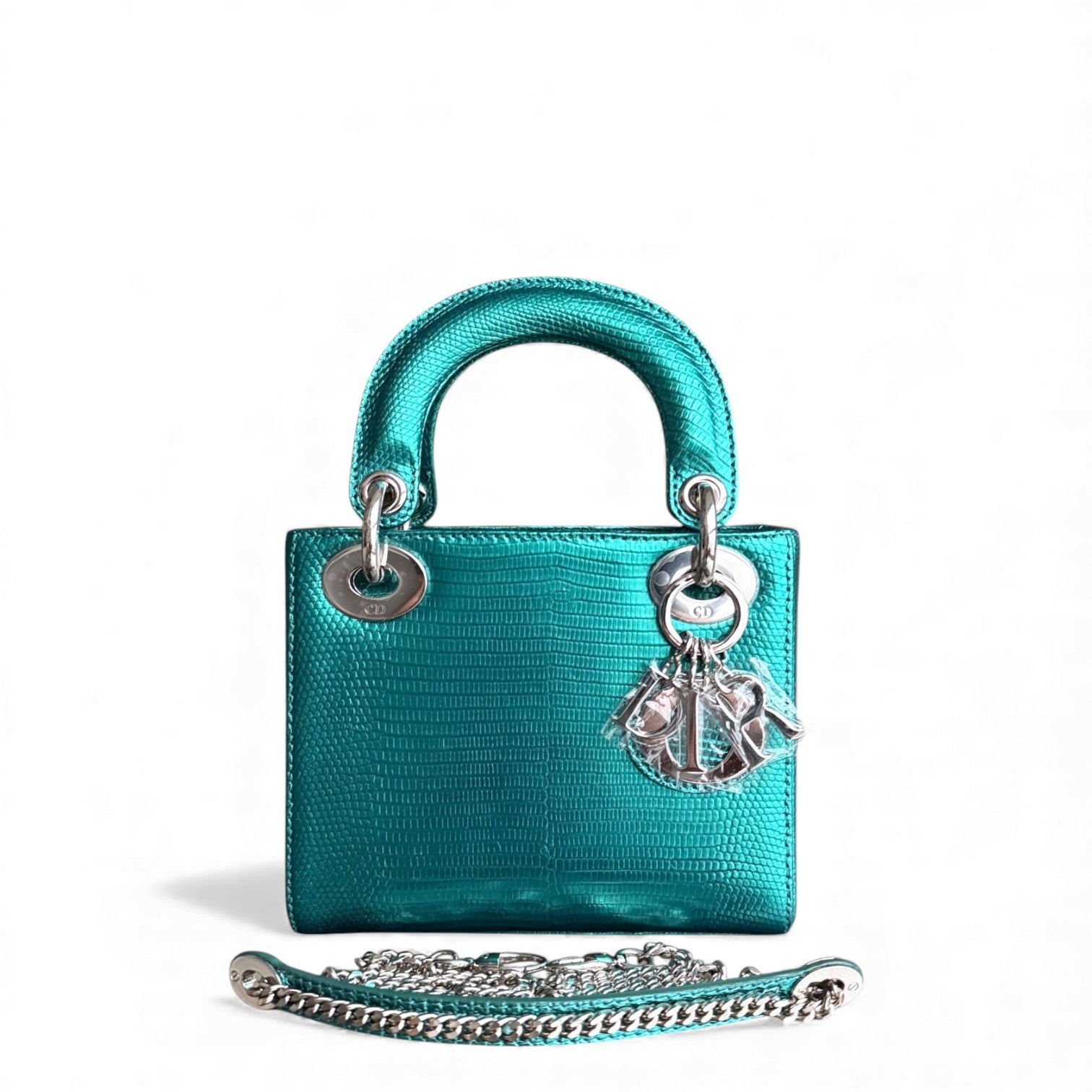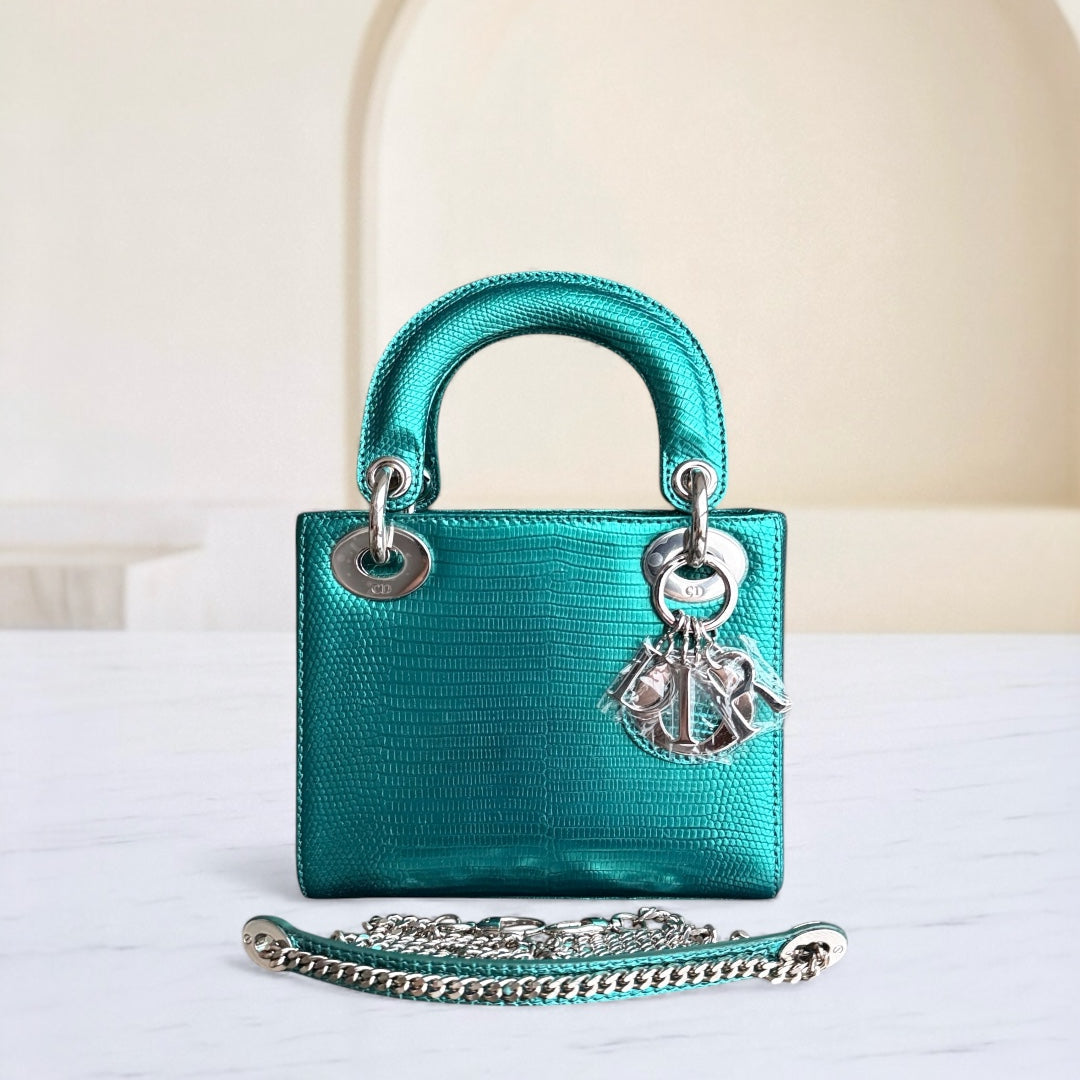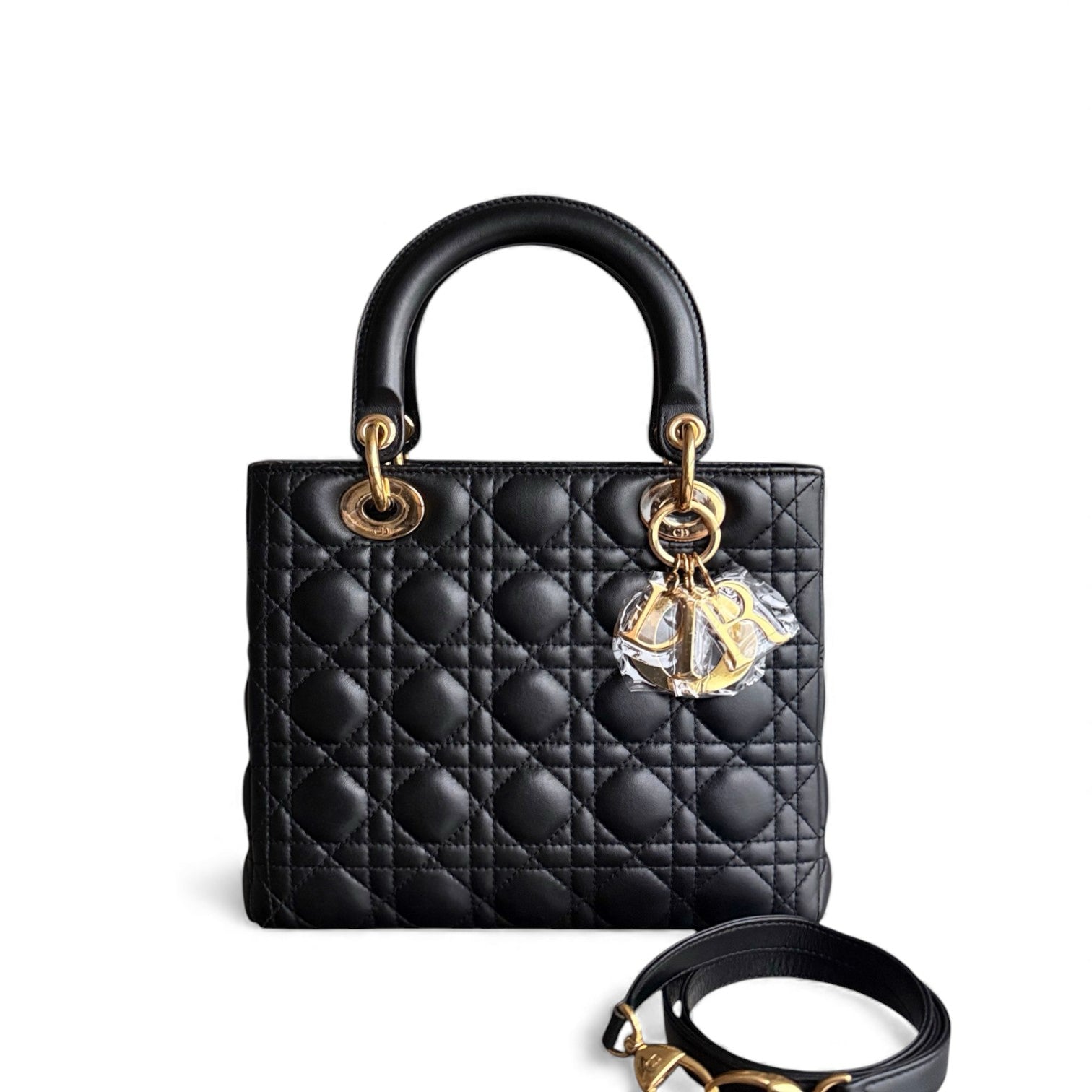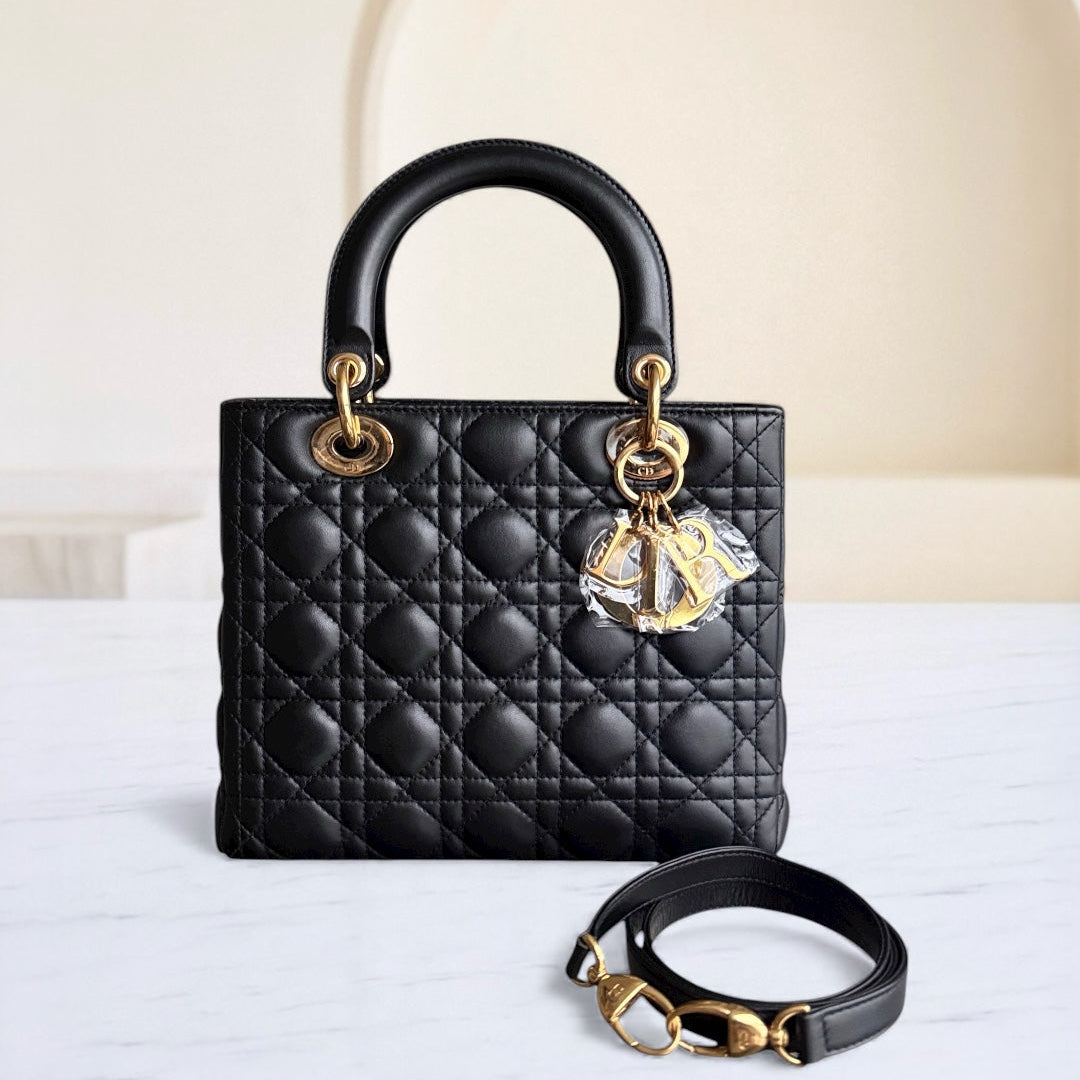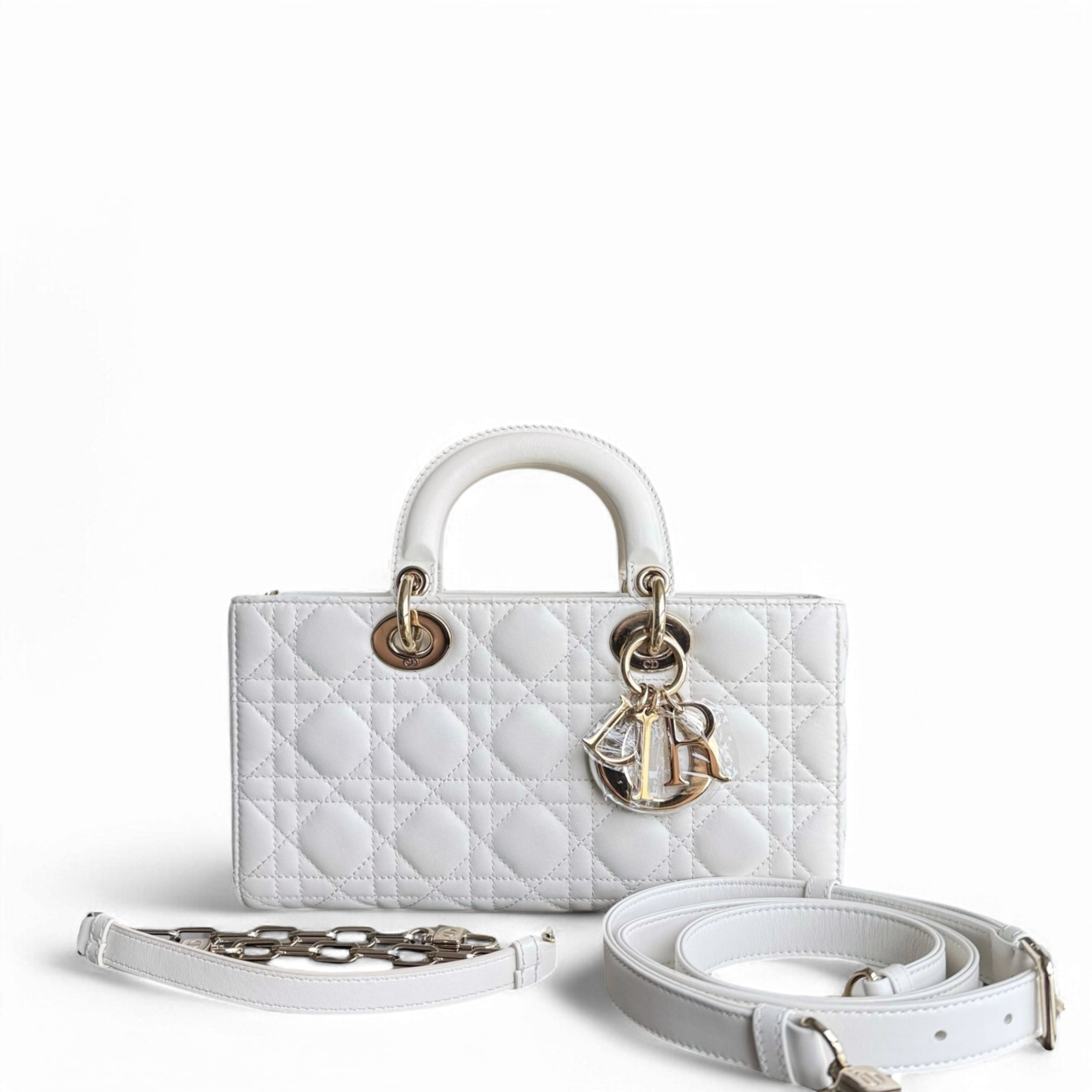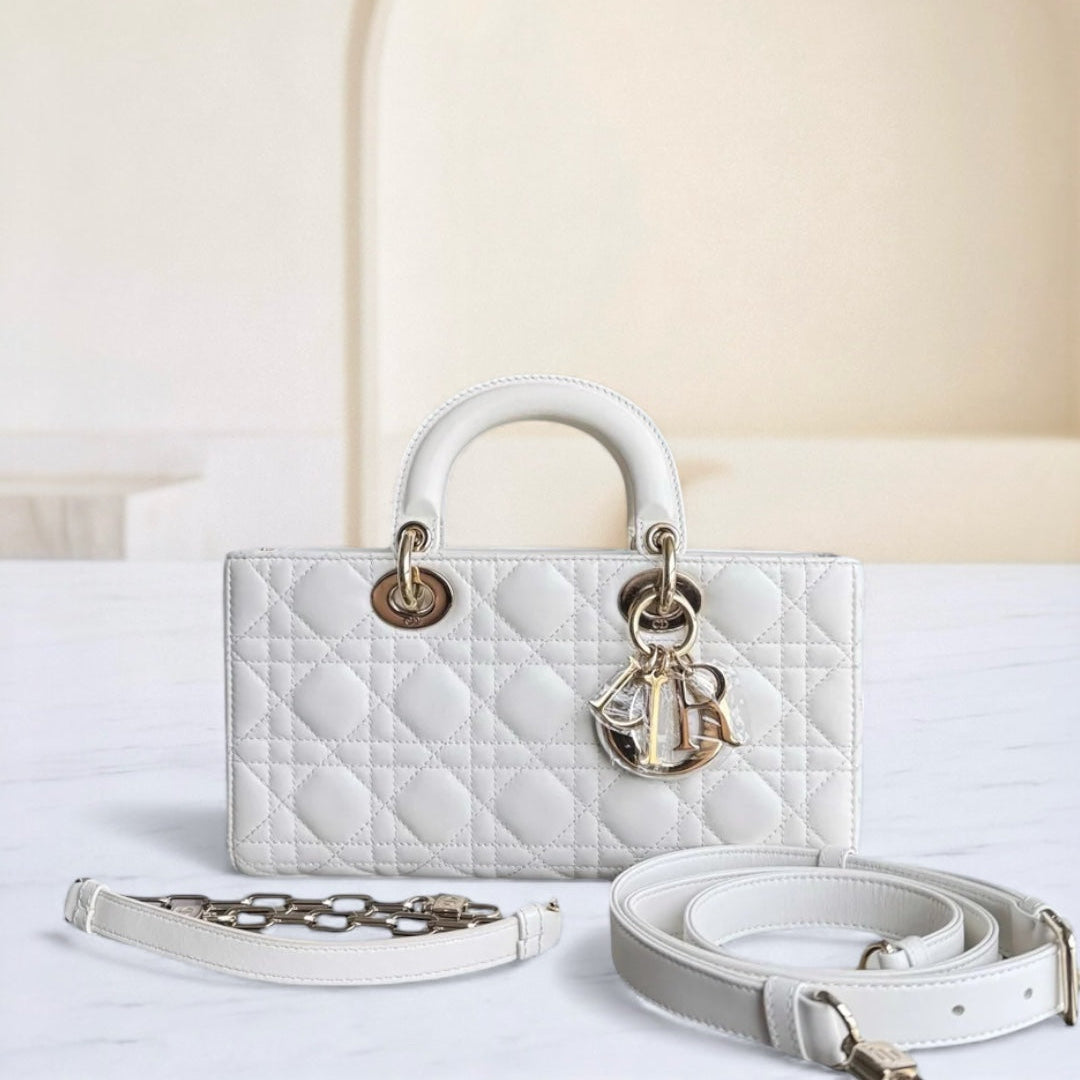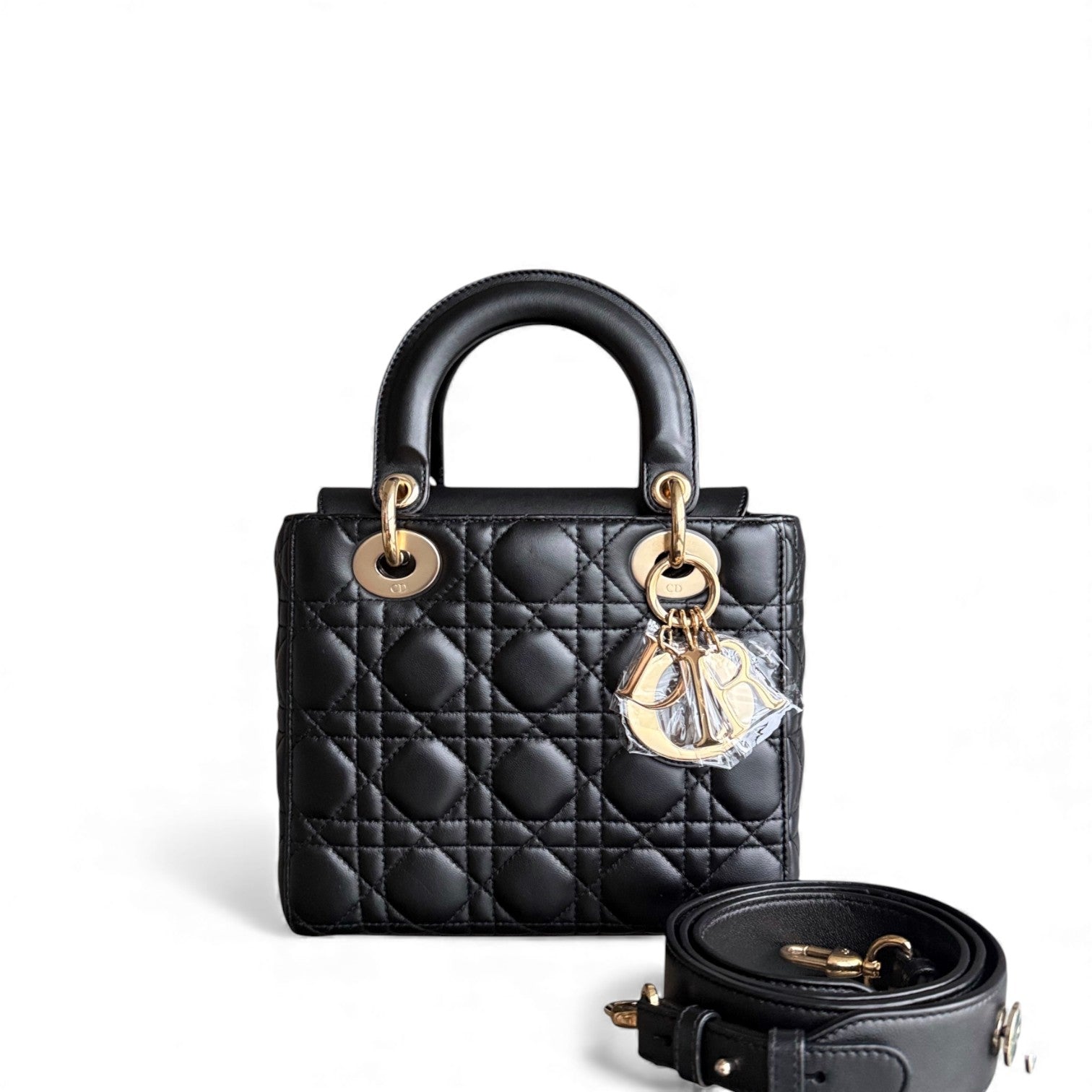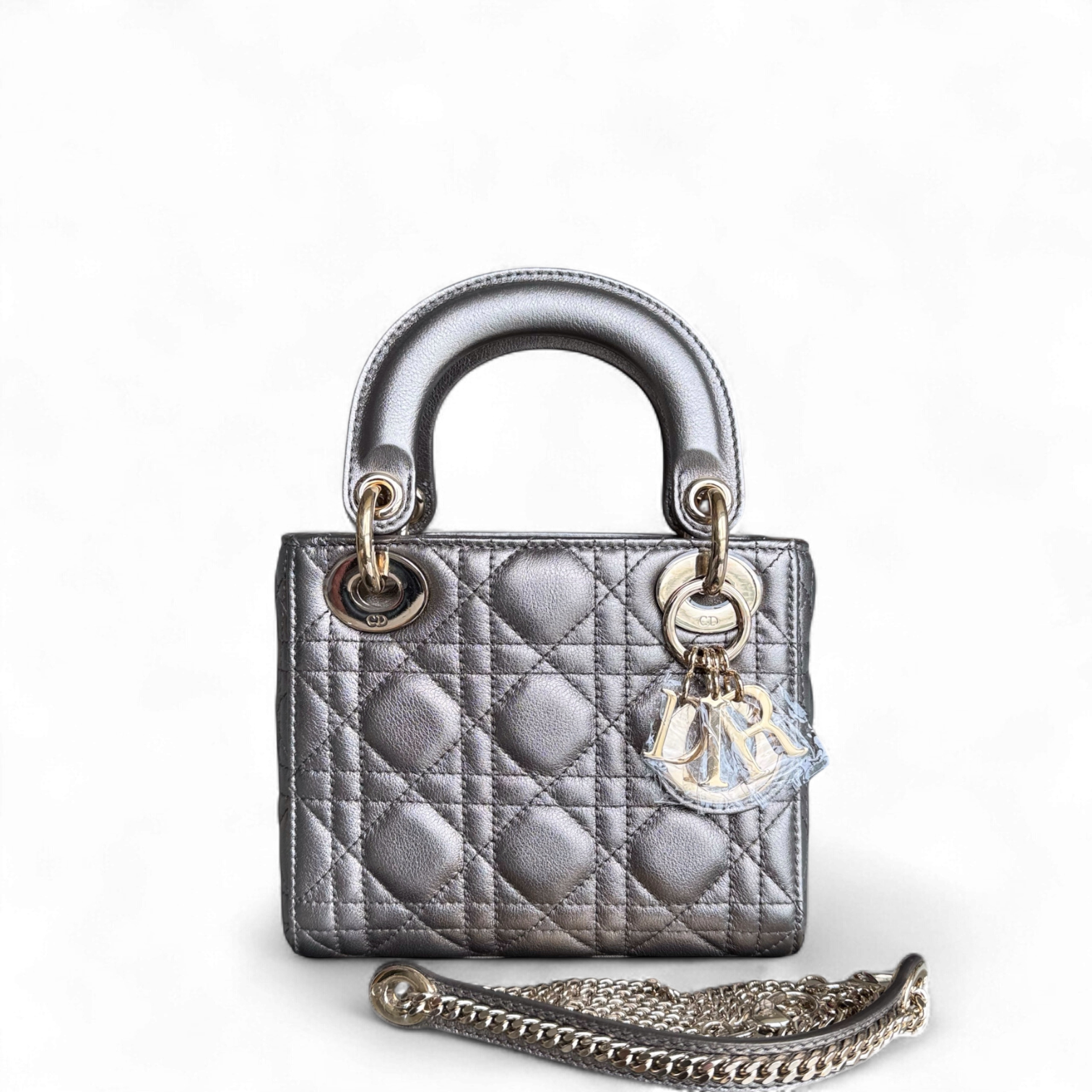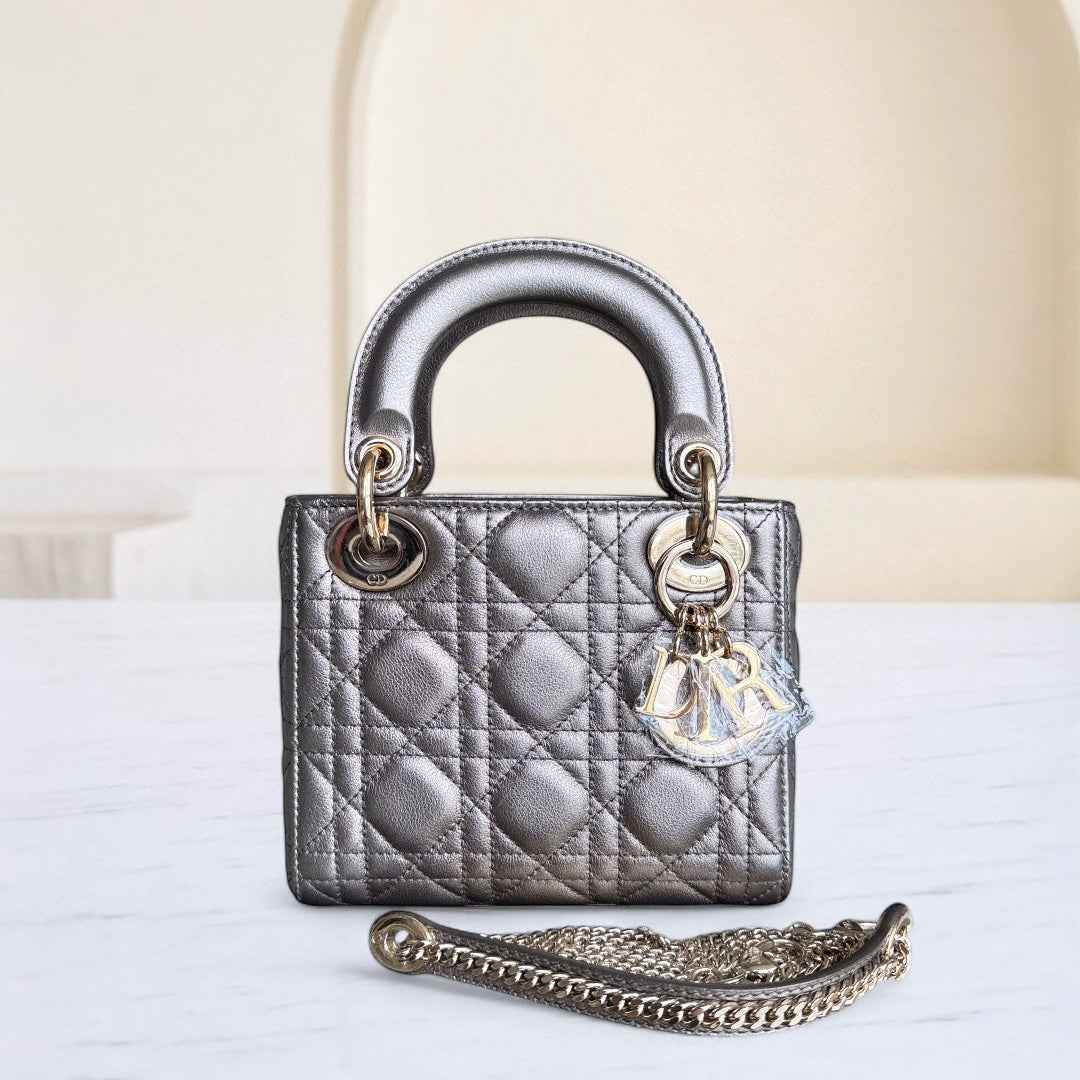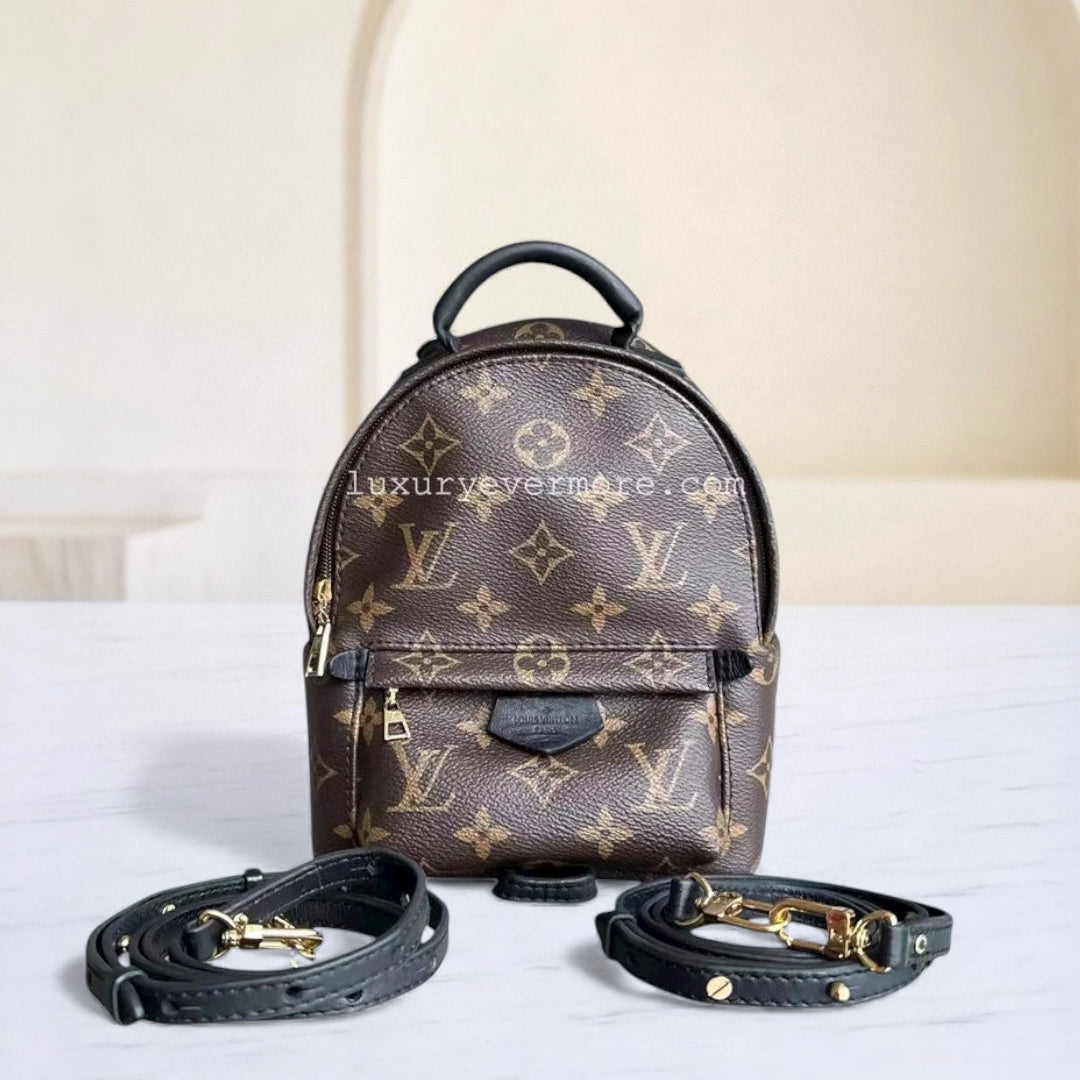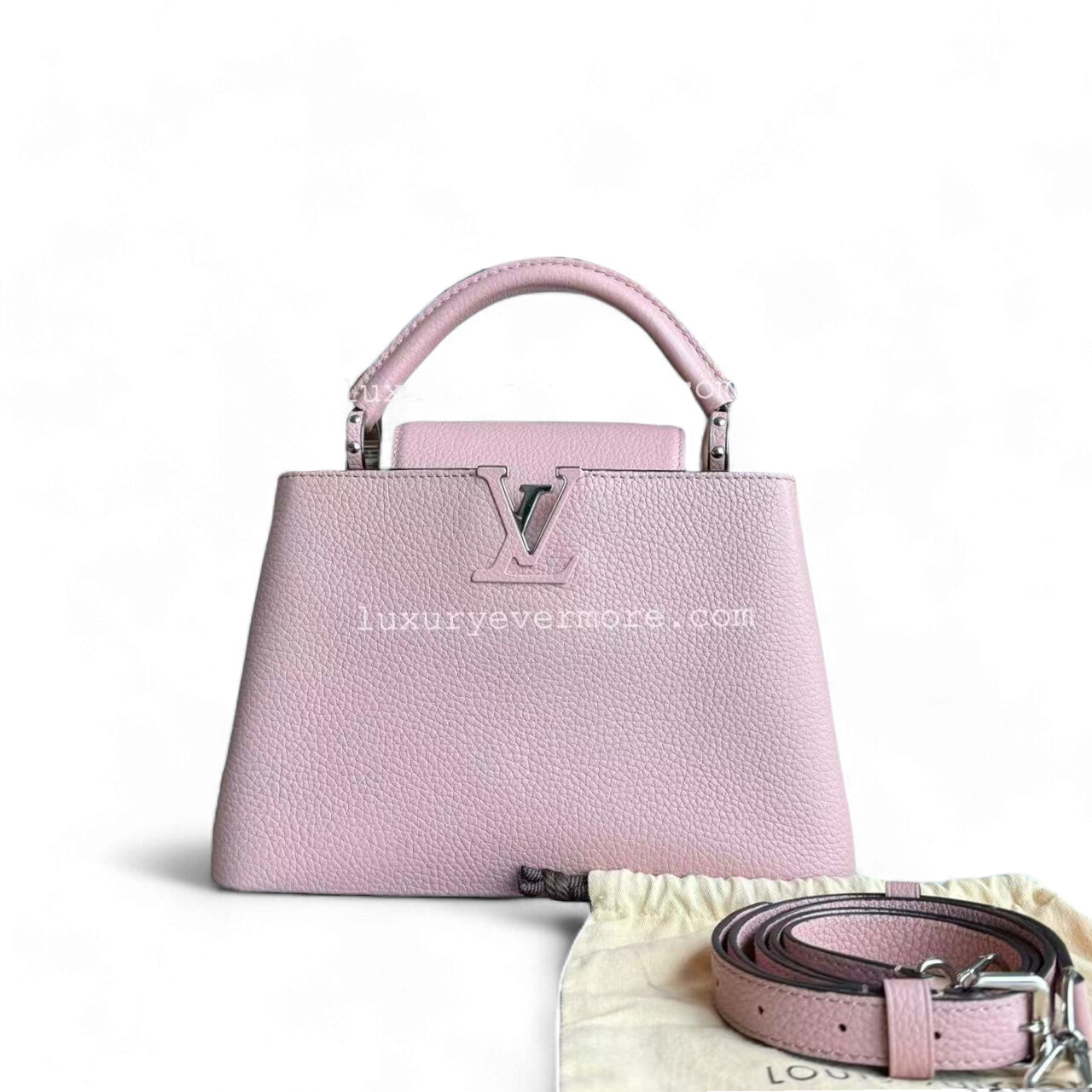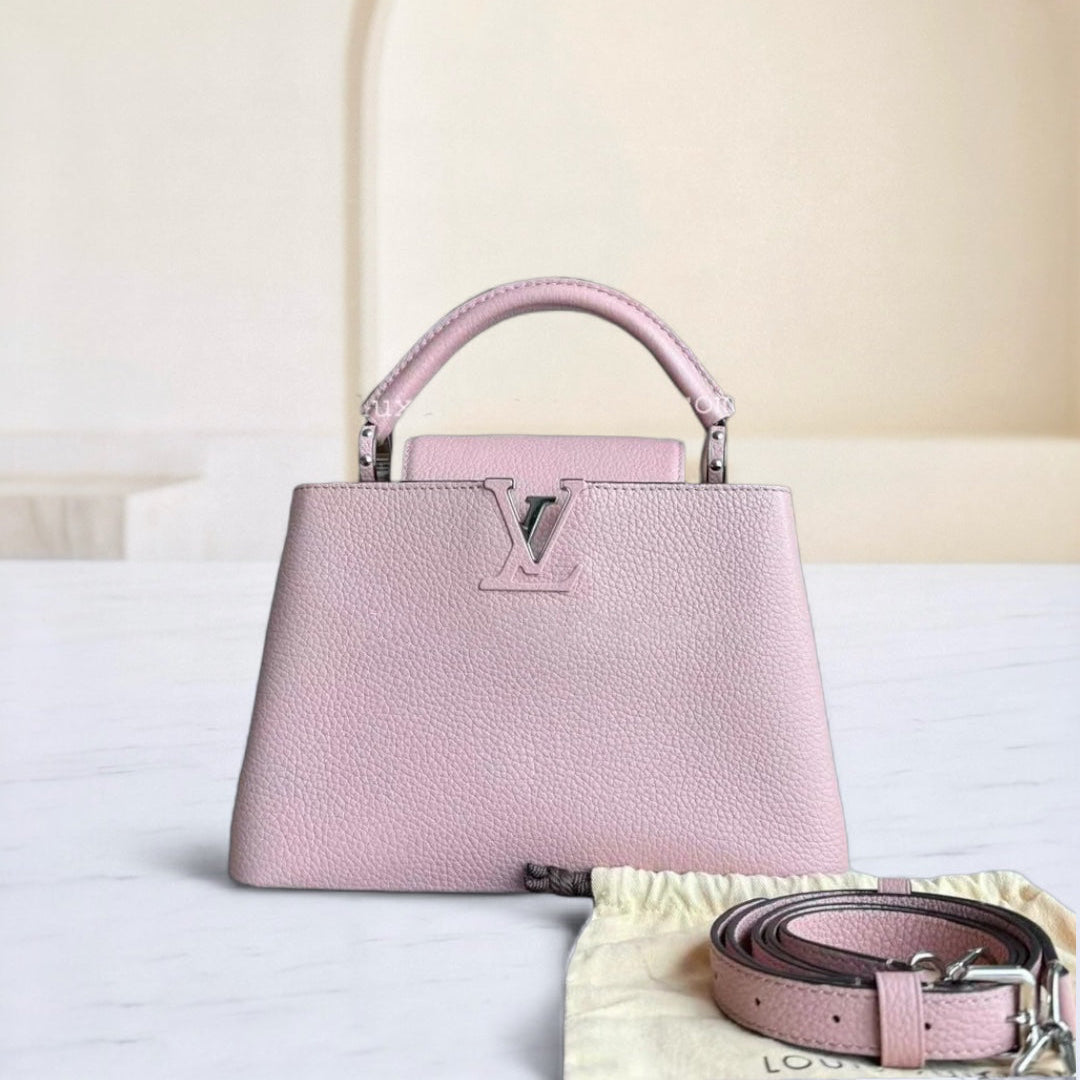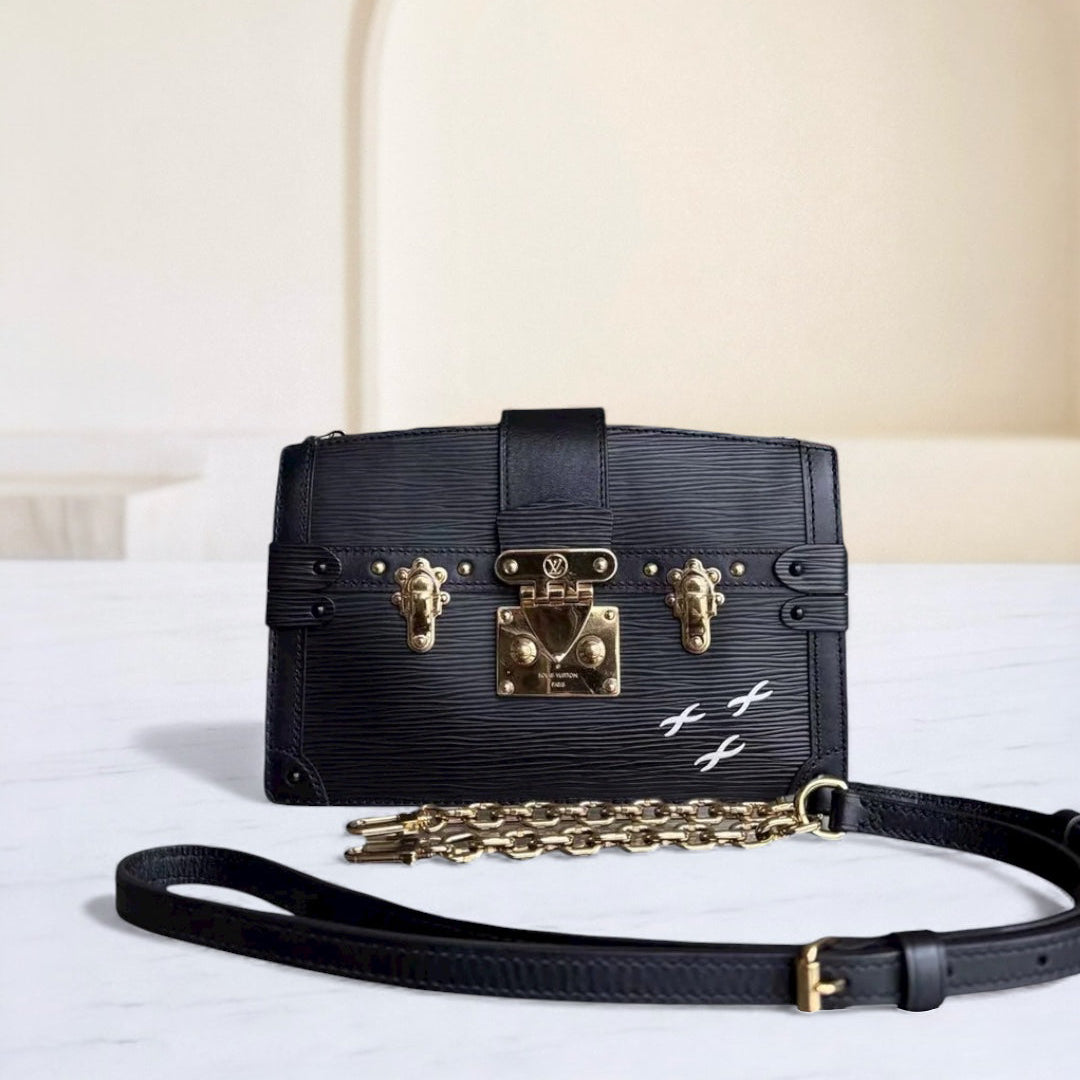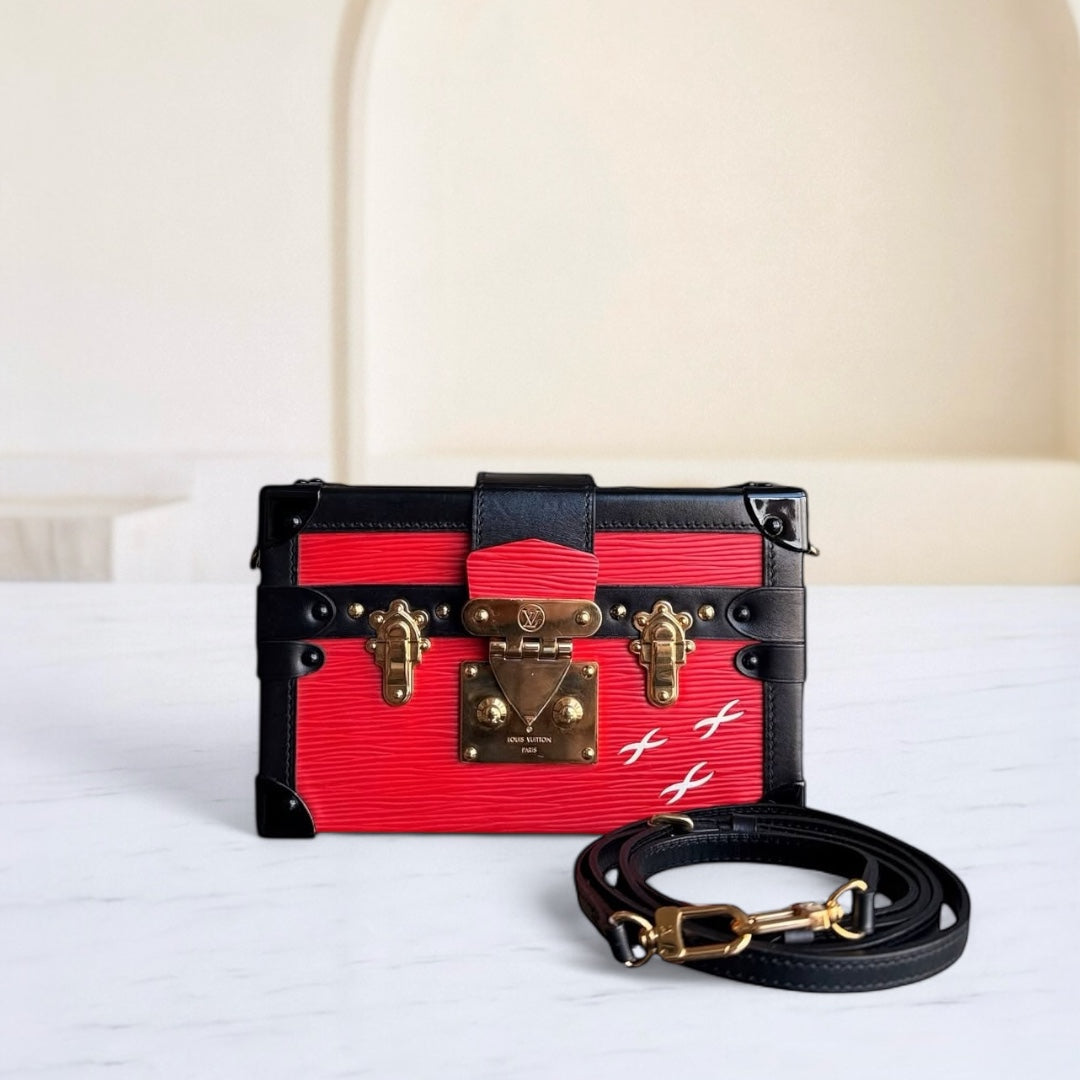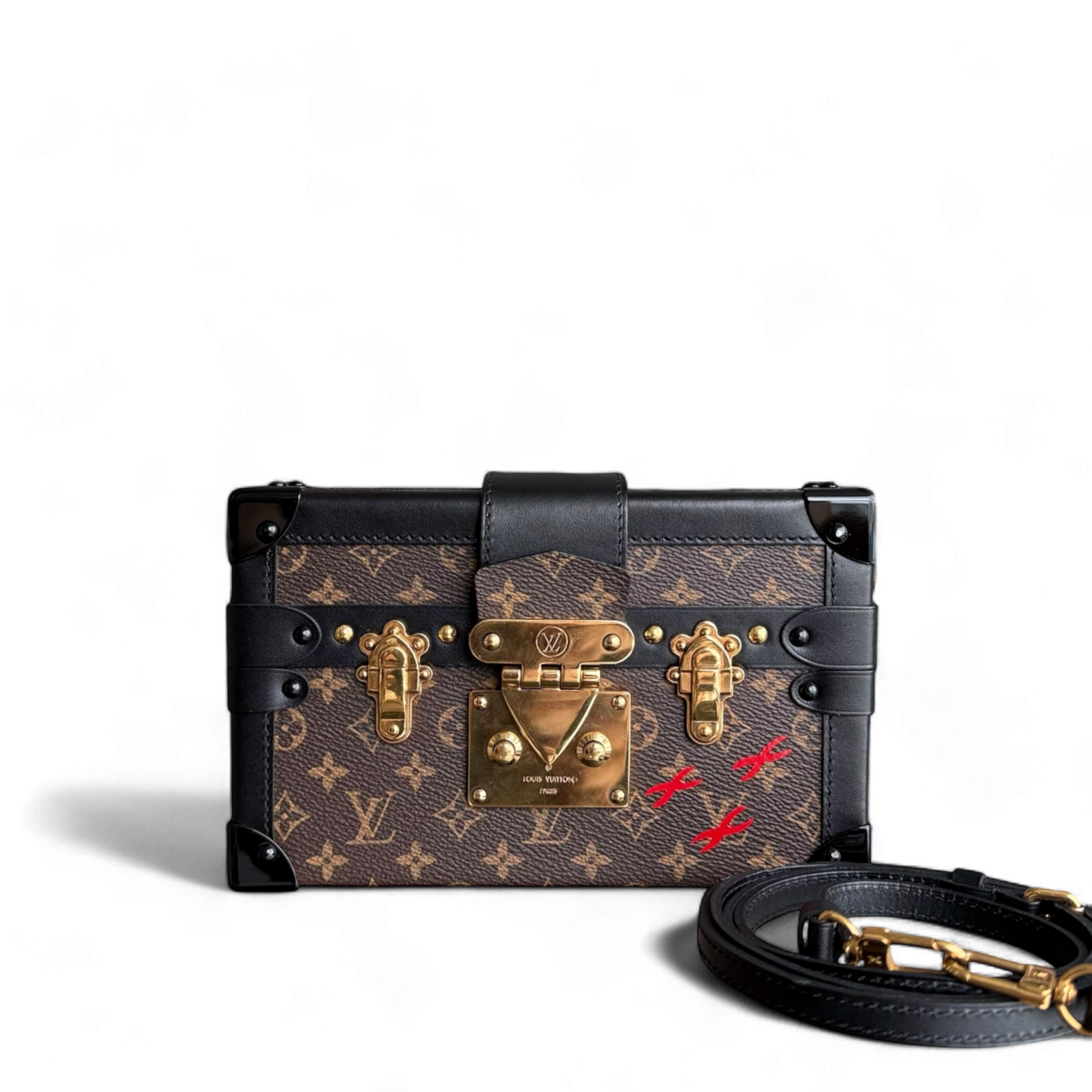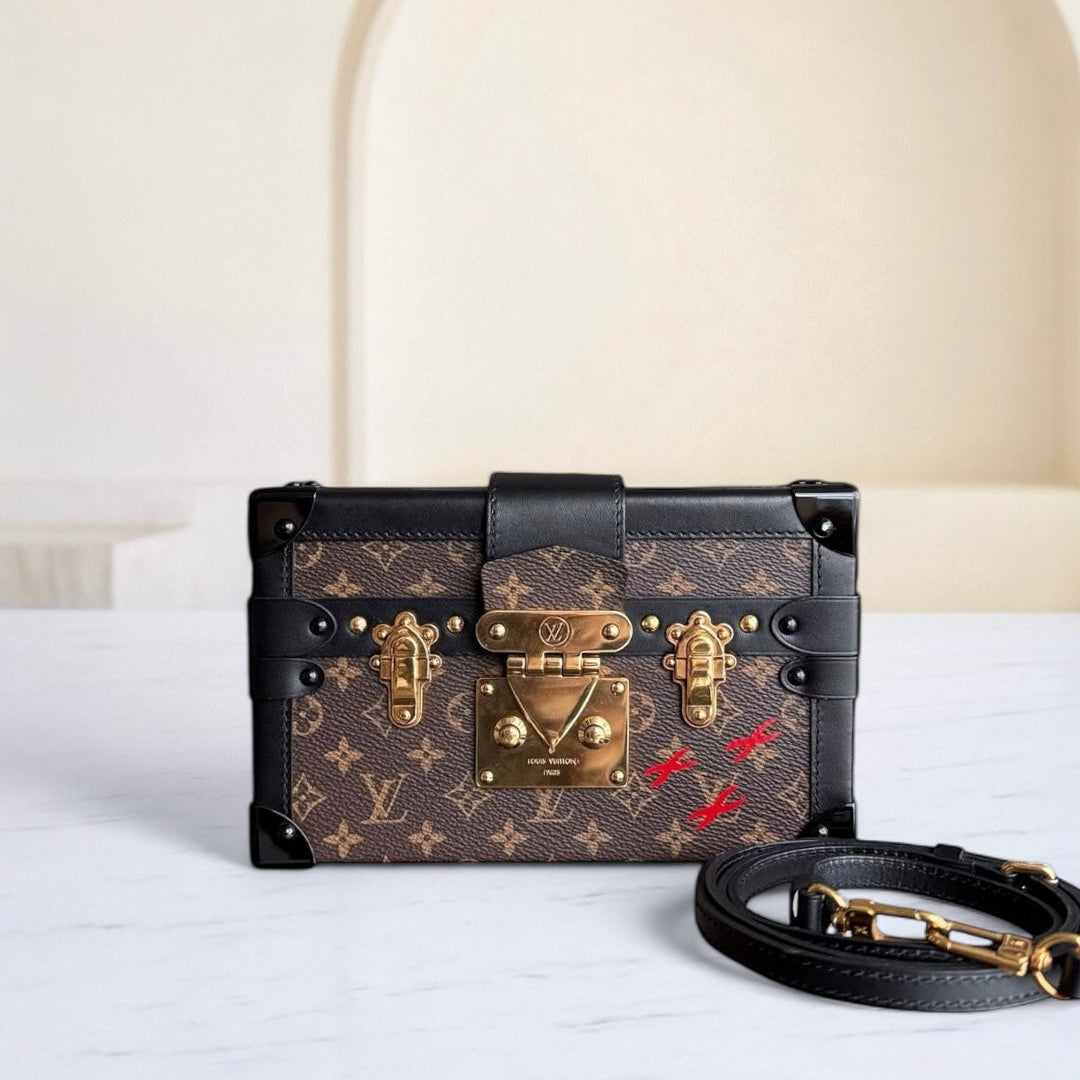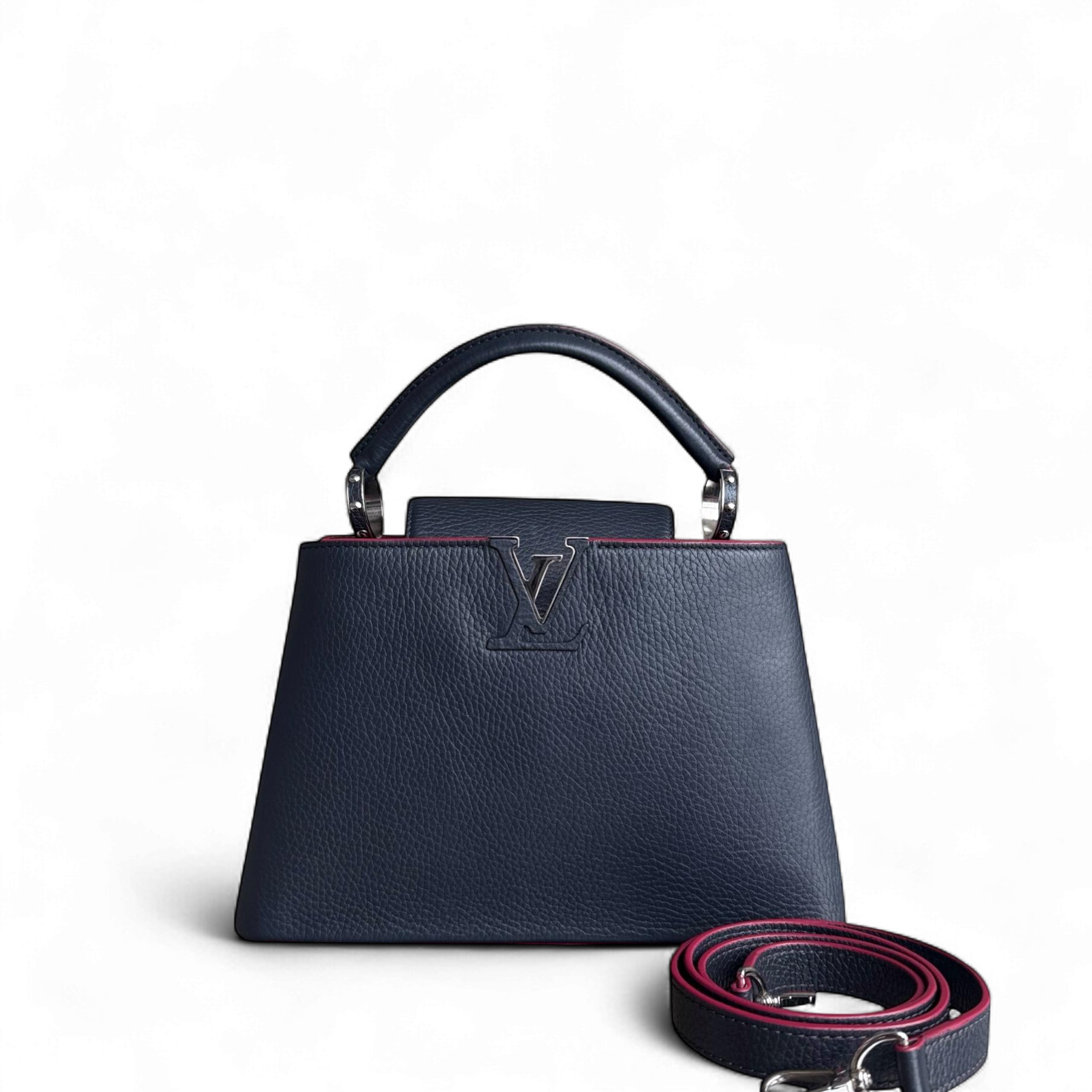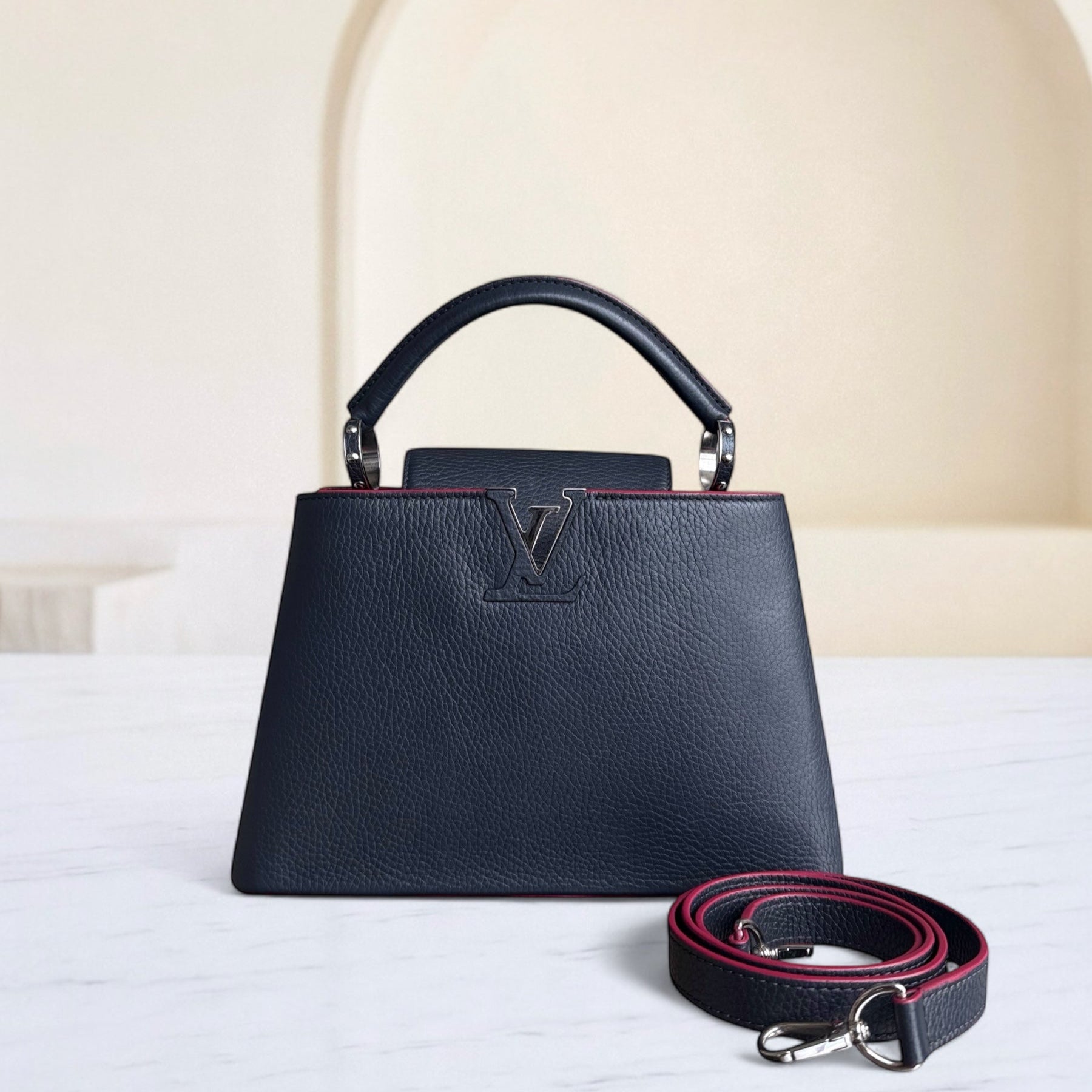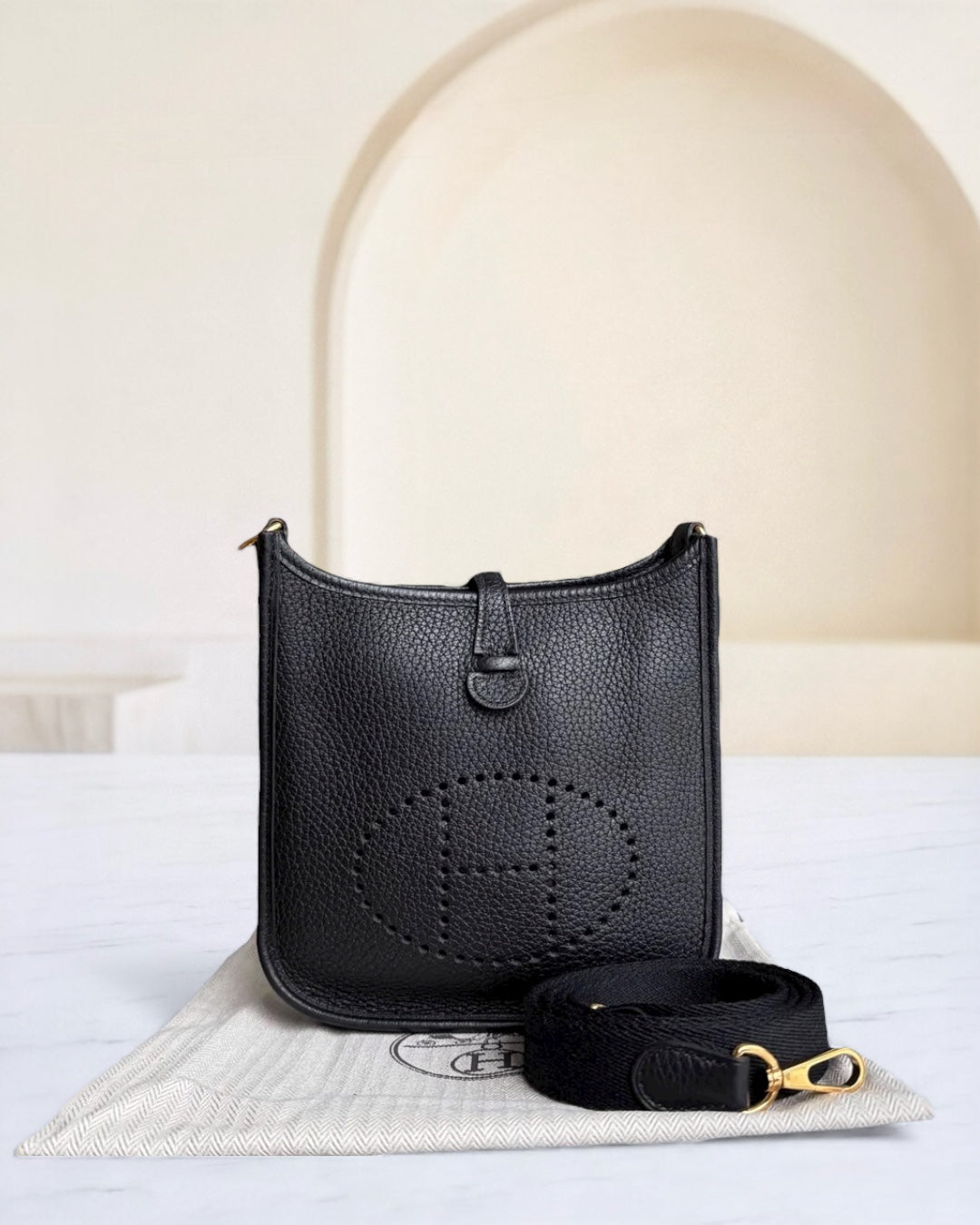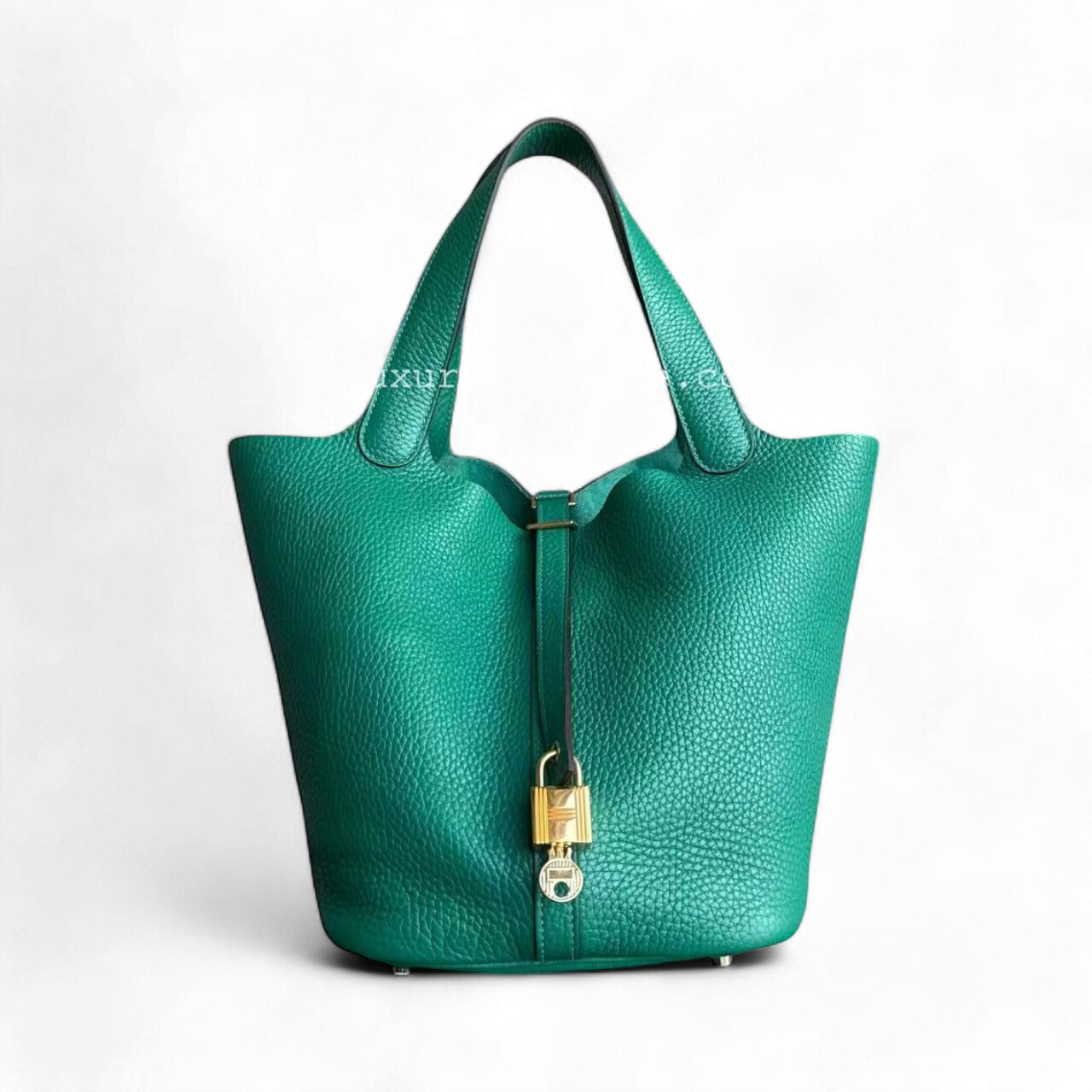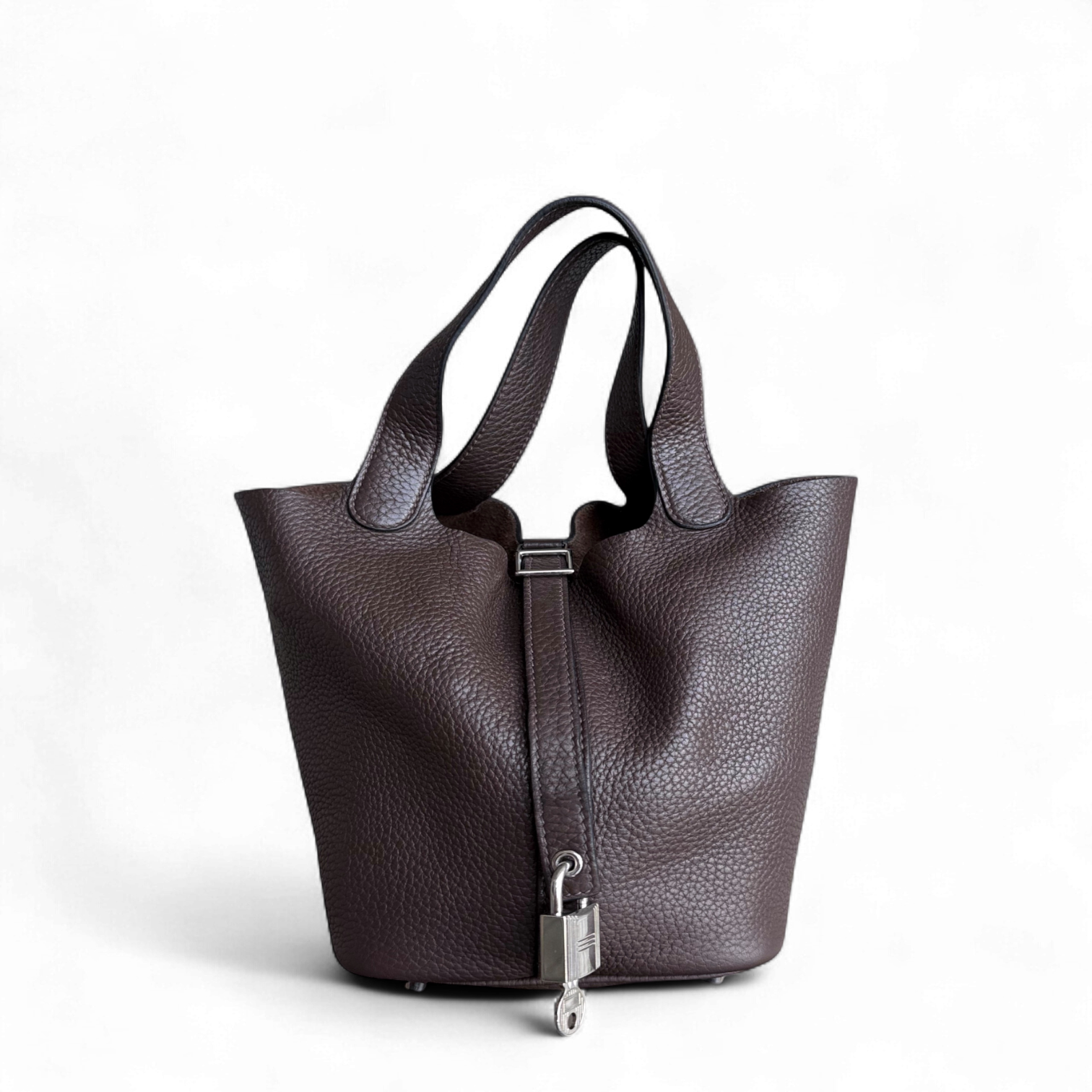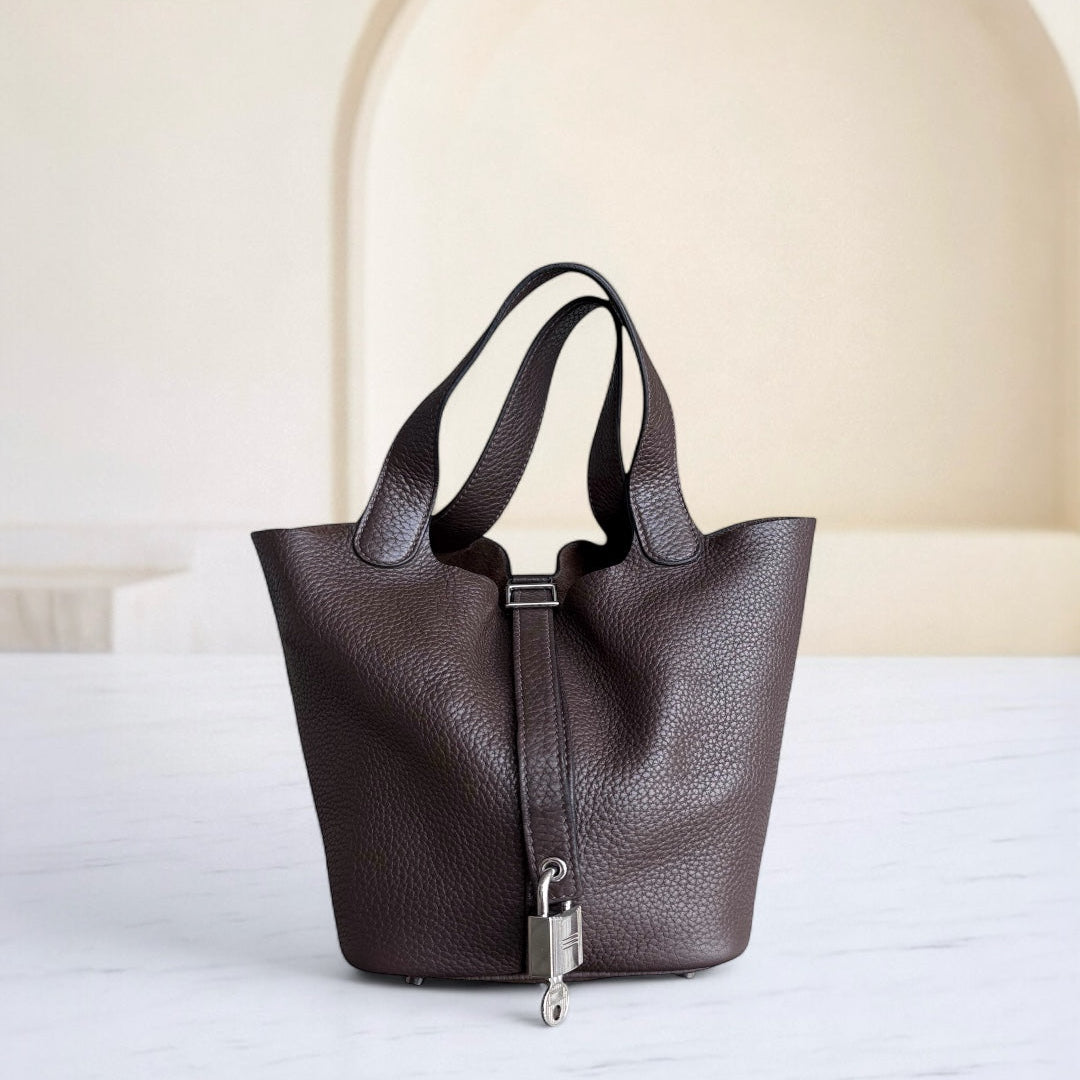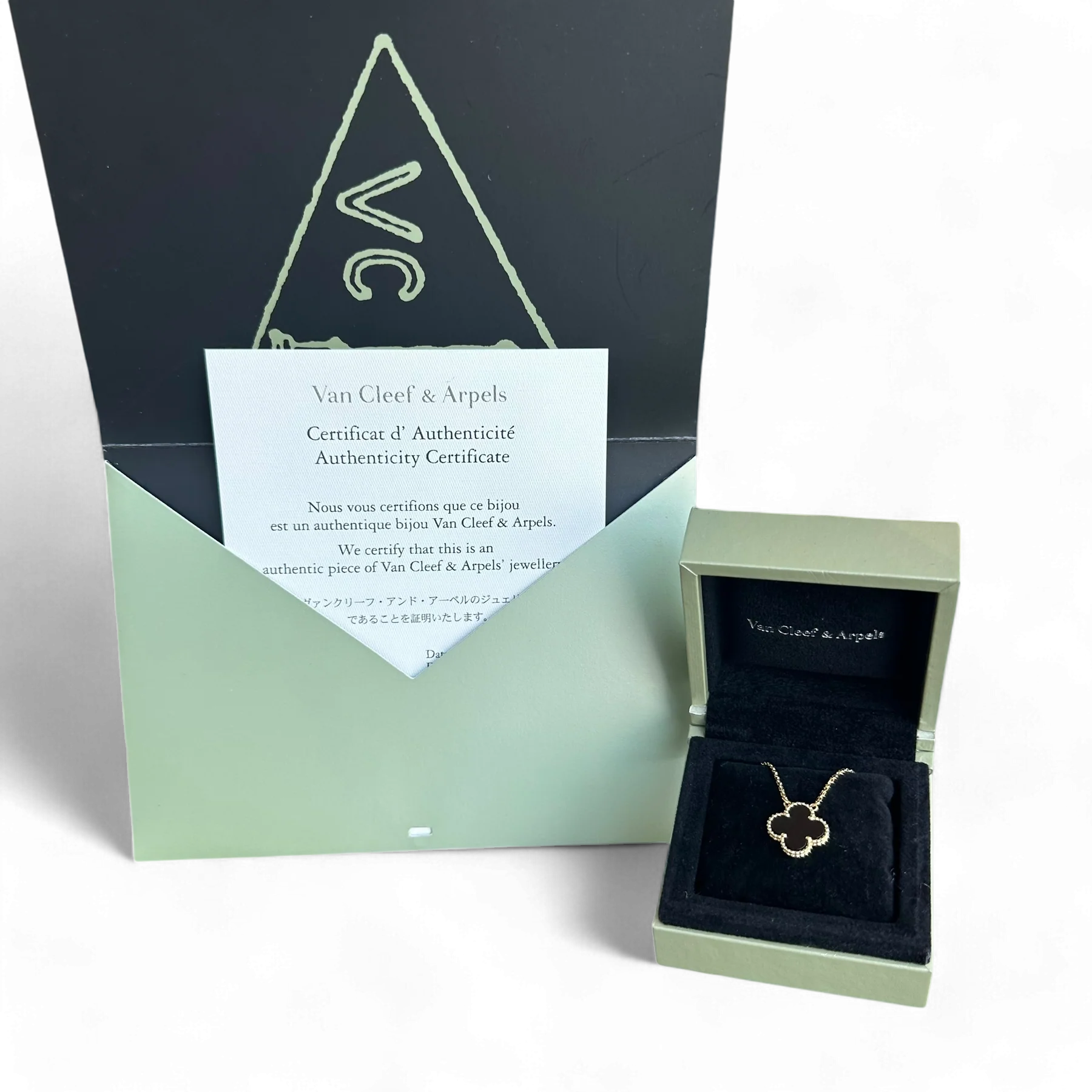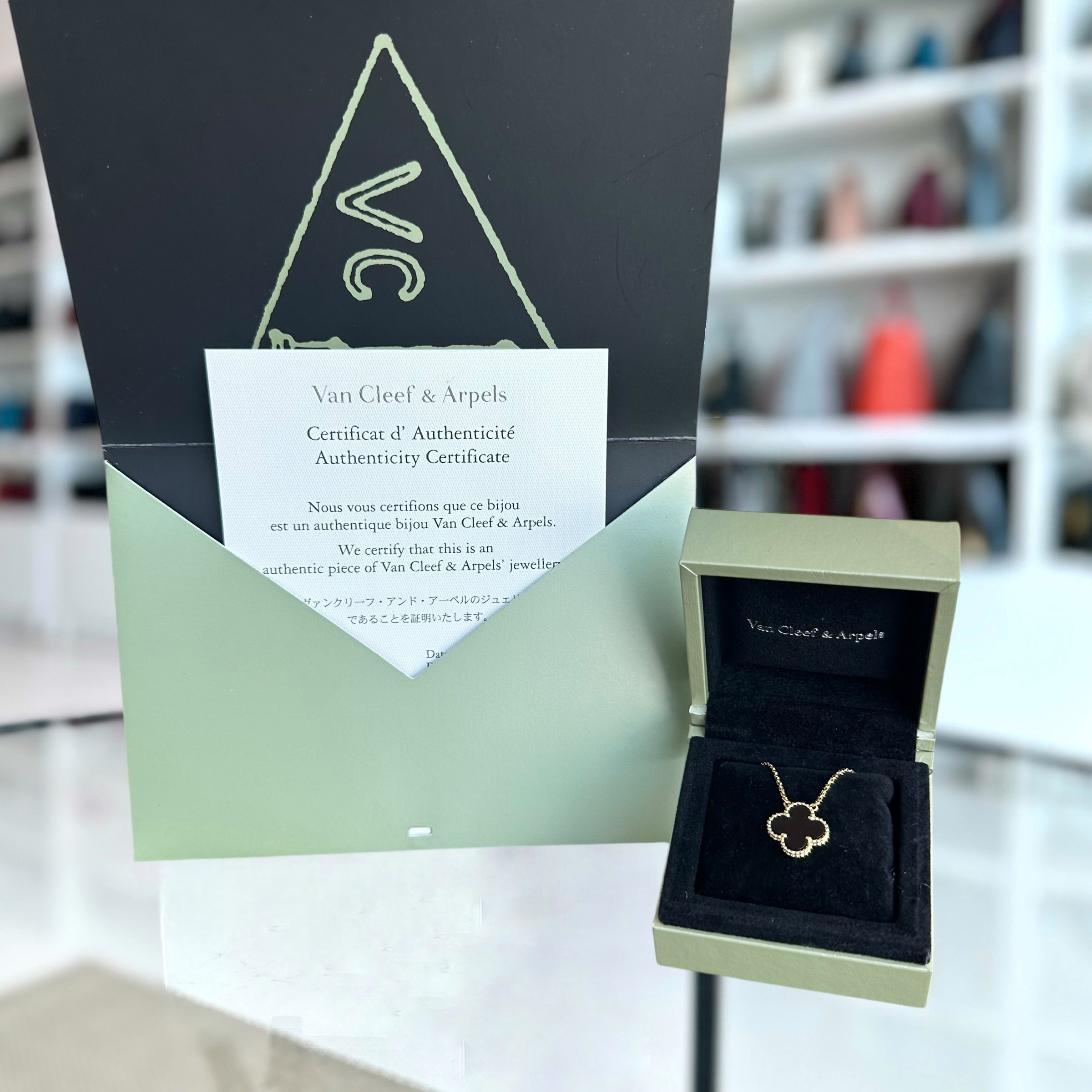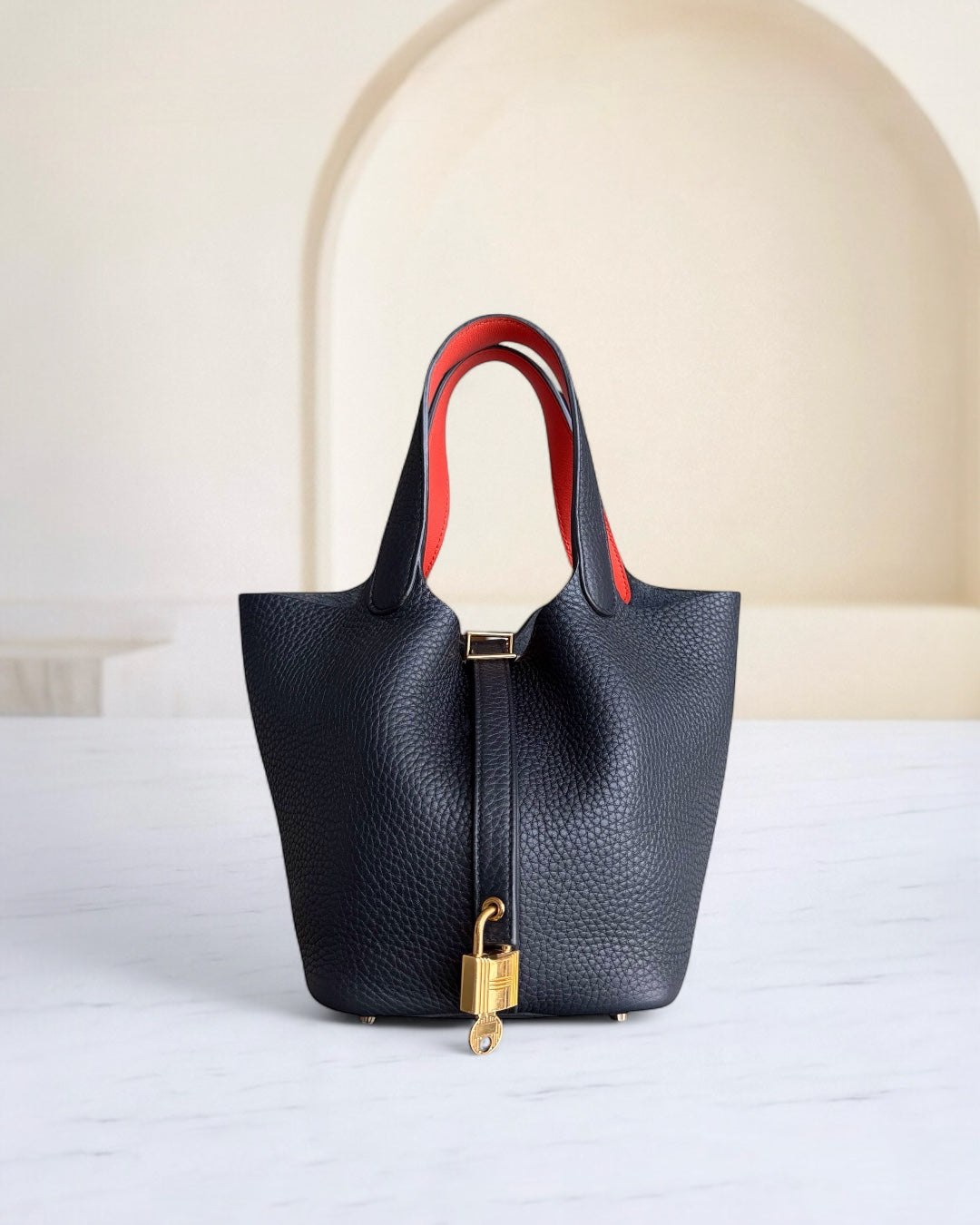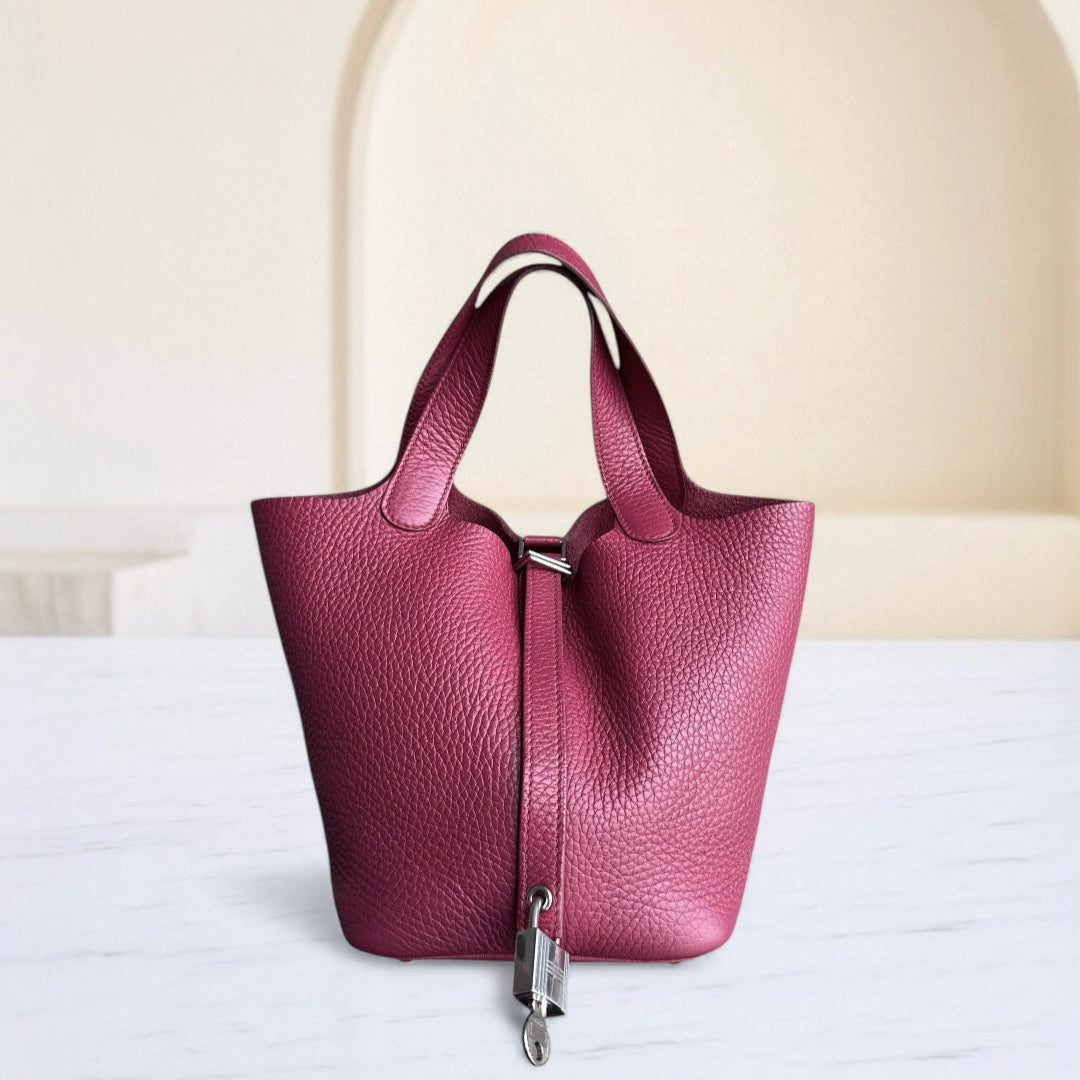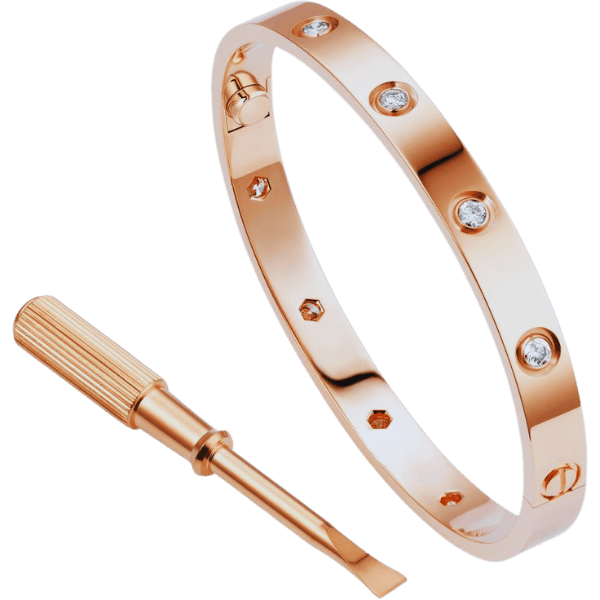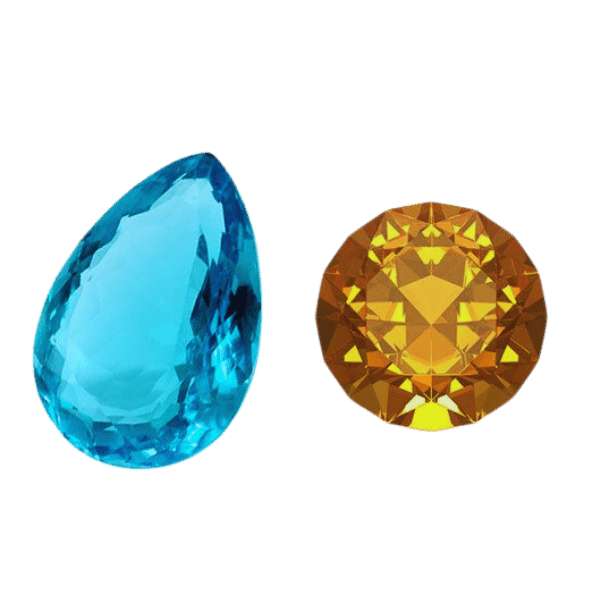The Fascinating History and Symbolism of Rings
Rings have been powerful representations of culture, identity, and emotion for countless ages and cycles of history, serving as milestones in human life's journeys. Rings have constantly evolved over the centuries as a symbol of love, commitment, power, and allegiance. While some may argue that these artifacts surface as mere fashion statements, this article goes as far as to uncover the multitude of meanings held beneath the surface with these peripheral accessories. They have remarkably left a significant impression on human civilization, encapsulating feelings of adoration and connections between individuals, families, or groups. Join us in delving into the profound symbolism and vibrant history of such intriguing artifacts.
What is the Origin of Wedding Rings?

The history of wedding rings goes back to ancient Egypt, 3000 years ago, where couples exchanged symbols of love and commitment in rings made from braided reeds and hemp. The round shape of the ring represented infinity, while the hole at the center was viewed as a gateway to the unknown. The Romans later adopted this practice; however, they used iron instead of reeds, symbolizing strength and permanence. As with everything else, this evolved with time; by the Middle Ages, it became a common tradition among Christians and Europeans. Wedding rings have transcended cultures and serve the core function of signifying the bond of marriage and the unity of two people. Through the presumed centuries of its existence, the rings have acquired immense cultural importance and are often viewed as symbols of love.
How did the Tradition of Exchanging Rings Begin?
Ancient Egyptians are credited with the original practice of exchanging rings; to them, circular shapes with no beginning or end signified eternity. Later, Romans adopted this custom, using iron rings to denote strength and permanence in the marriage contract. The custom continued to evolve, especially during the Middle Ages, in Christian and European cultures, where wedding rings became the primary sign of unity and commitment. The exchange of rings remains a global practice symbolizing devotion within marriage.
Why is the Ring Worn on the Fourth Finger of the Left Hand?
The customs associated with placing the wedding ring on the fourth finger of the left hand stem from ancient cultures. They used to think this finger had the "vena amoris," or the vein of love, linked to the heart. Although this belief in anatomy has been disproved, the symbolic association with the heart has persisted. Moreover, this practice has been passed down due to cultural and religious traditions, making it well-known in numerous regions worldwide.
What did Ancient Civilizations Believe Rings Symbolize?
Rings have held immense symbolic meanings and associations with power, eternity, and loyalty since ancient times. In ancient Egypt, rings were often fashioned into circles to signify eternity, as circular shapes have no beginning or end. Many Egyptian rings were inscribed with hieroglyphs and scarabs, which served as protective symbols or status talismans. In ancient Rome, rings also became important emblems of power and loyalty. For instance, an iron ring token given during betrothals symbolized lasting commitment and loyalty.
Rings also held mystical power in Greek culture and were linked to myths. A classic example is the ring of Prometheus, which in mythology was the first ring humanity wore as a mark of life's torment and salvation. Also, alongside their decorative purposes, in many cultures, rings were believed to possess supernatural powers, often bearing inscriptions, gemstones, or royal seals marked as divine bestowal. All these contributed to the evolving systems of meaning behind rings, which is why they are still regarded as symbols of significant importance throughout history and into modern times.
How Have Engagement Rings Evolved?

When Did the Diamond Engagement Ring Become Popular?
The diamond engagement ring became well-known in the late 19th Century because South African diamond companies extensively marketed and mined South African Diamonds. De Beers consolidated its status with its famous "A Diamond is Forever" campaign, initiated in 1947. This campaign strengthened the perception that diamonds equate to love and made them a go-to option for an engagement ring. Since then, the diamond engagement ring has become a social norm to mark the beginning of a marital relationship.
What Role Did Ancient Rome Play in Engagement Ring Traditions?
The custom of engagement rings dates back to Ancient Rome, where men and women exchanged betrothal rings as signs of ownership and agreement. Roman women fitted into these rings as a badge of a contract, which was first symbolized by an iron ring showing solidity and steadfastness. In time, the rich began preferring gold, reflecting status and wealth, as many tended to sport gold rings signifying affluence. Historical accounts indicate that these types of rings were commonly placed on the fourth finger of the left hand, which was thought to have the "vena amoris" or "vein of love" that would link to the heart. This initiated a cultural custom that still influences contemporary practices concerning engagement rings around the globe. Ancient Roman engagement rings were more than symbolic; they were practical representations of personal vows and legal contracts.
How did Famous Rings Made in History Influence Modern Designs?
The impact of famous rings throughout history has greatly influenced modern jewelry design due to their attention to detail, symbolic value, and use of novel materials. For example, the engagement ring adorned with diamonds that Archduke Maximilian of Austria ordered in 1477 for Mary of Burgundy was the first of its kind. It popularized the perception of rings signifying a commitment accompanied by noble status. This gesture is believed to have popularized the diamond ring, leading jewelers to favor using diamonds over other gems for their enduring brilliance and durability.
Moreover, the sapphire and diamond engagement ring gave Princess Diana and later the Duchess of Cambridge a status as pop culture phenomena, leading to a surge in demand for colored gemstones. This enabled the creation of luxurious rings embellished with striking emeralds, sapphires, and rubies specially crafted to maximize their dazzle. On another note, historical rings such as the Claddagh ring from Ireland, with its famous heart, crown, and hands motif, have inspired modern interpretations celebrating the combination of love, loyalty, and friendship.
Blending modern aesthetics with traditional craftsmanship is now possible due to technological advancements. Famous rings have incorporated modern designs with historical elegance by using distinctive cuts like the baguette, cushion, and emerald cuts. Such profound influences persist today, allowing jewelry designers to capture the timeless design quality with heritage and innovation. The allure with which modern civilization draws design influences from the past is overwhelmingly prevalent, especially when fused with contemporary minimalism or bold, avant-garde styles, which enable incoming generations to access the past using the present as a gateway.
What is the History of Roman Wedding Rings?

How Were Rings Used as Symbols of Power?
Across civilizations, rings have represented status, power, and authority throughout history. For instance, during the Roman Empire, only the ruling and elite classes were authorized to wear rings with particular materials signifying their societal rank. Senators, equestrians, and other officials were deemed to possess a higher status and privilege for wearing gold rings. On the other hand, individuals of lower standing and those in bureaucratic positions wore silver or iron rings.
Additionally, signet rings reveal an individual’s or family’s unique emblem, which allows them to seal important documents. As such, rings were relevant politically and legally. Distinguished rulers and officials used these signet rings engraved with family symbols to exercise control and validate decrees.
Rings appeared long before Rome and were notably used in medieval Europe for centuries. Monarchs, church leaders, and nobles enshrined their influence through elaborate designs flaunting the rings, which became more ornate. Bishop’s rings served a deeper purpose than religious ones, as they manifested the spiritual authority and powers they held within their communities. In social, political, or religious settings, they conveyed authority. This enduring legacy of rings exposes their powerful insignia across the ages.
What Materials Did Romans Use to Create Rings?
The Romans crafted rings from various materials depending on the occasion and the social standing of the individual wearing it. Gold, silver, and bronze were widely available and valued for their durability and appeal. These common metals enabled lower-class individuals to wear rings. Wealthier individuals and those of high status often adorned their rings with gemstones such as amethyst, emerald, and garnet. Roman artisans showcased their craftsmanship by incorporating glass and enamel to decorate rings, further highlighting their artistry.
Why were Engraved Rings Significant in Ancient Rome?
Engraved rings blended cultural, social, and functional significance in ancient Rome. Such rings had elaborate designs and inscriptions as marks of identification or authority. One widespread practice was the use of signet rings to seal letters; the engraved designs served as a signature to provide verification and prevent forgery. For many Romans, these rings signified social class, with the grandeur of the engraving and the materials portraying the wearer’s wealth and standing in the community. In addition, some engraved rings also had religious or talismanic functions, depicting gods or symbols that claimed to protect one from evil. The artistry of these rings displays the skilled techniques of Roman craftsmen while also demonstrating how jewelry served many functions beyond adornment. It was steeped in utility and practical purpose.
How Did the Tradition of Wearing Wedding Rings Originate?

What is the Significance of the Vena Amoris?
The term Vena Amoris, which translates to 'vein of love,' refers to an ancient notion that a vein ran from the heart to the fourth finger of the left hand. This idea has roots in Roman and Egyptian cultures and merely depicts an uninterrupted connection between the heart and that specific digit. Because of this perception, pairs of couples started placing wedding rings on the fourth finger, signifying everlasting love and commitment.
Modern anatomy has proven that no such vein directly joins the heart to the finger. However, the influence of this idea still compels people towards certain traditions related to weddings all across the globe. Cultural anthropologists observe that wearing rings on that particular finger has become almost universal and remains a mark of love and marriage in diverse societies. The Vena Amoris today is a blend of whether anchored in timeless history, and emotional essence, demonstrating the influence of culture on enduring customs.
How do Wedding and Engagement Rings Represent Love and Commitment?
The exchange of wedding and engagement rings conveys intense emotional narratives of love, commitment, and partnership. In this context, the engagement ring is a testament to the mutual pledge. In marriage, the circular and linear forms of the rings signify the couple's unbreakable bond and symbolize eternality and infinity. Diamond-set engagement rings gained prominence in the middle of the twentieth century, and since then, have become synonymous with pledged commitment. Inscribed reports from the industry confirm that diamonds, owing to their longevity, radiance, and resilience, have come to be accepted as a mark of enduring love.
In addition, left-hand ring fingers bearing a significant ring, especially when adorned, strengthen emotional bonds in relationships, as partners reinforce connections with symbolic actions like wearing rings of distinct significance. The social and emotional importance of rings as part of marriage proposals is vital, pointed to by approximately 84% of respondents. Moreover, cultural heritage continues to diversify the underlying aspects of rings, thus allowing them to comprise different gemstones and materials representing personal uniqueness. Therefore, these factors demonstrate that wedding and engagement rings embody historical legacy and modern-day expressions of love and commitment.
What Differences Exist Between Wedding Bands Across Cultures?
| Parameter | Examples |
|---|---|
|
Material |
Hindu culture includes gold, silver, iron, ivory, leather, or even toe rings. |
|
Hand |
Left hand (USA, UK), right hand (India, Russia), or index finger (Jewish). |
|
Design |
Simple bands, Claddagh rings (Ireland), and triple rolling rings (Russia) illustrate the diversity of rings during this period, each with its unique symbolism. |
|
Symbolism |
Love, loyalty, eternity, or religious significance (e.g., Holy Trinity). |
|
Tradition |
Engagement rings, anniversary bands, or cultural rituals like mangalsutra. |
What are the Symbols of Power Associated with Rings?

How did Signet Rings Serve as Authority?
Signet rings have been a powerful mark of authority, serving as personal seals for key figures throughout history. The rings featured unique family crests or emblems that enabled the wearer to imprint their identity onto wax seals used for official documents. This practice was seen in ancient societies like Mesopotamia and Egypt, which used such rings to identify kings, nobles, and high-ranking officers. In the long run, these rings served a critical purpose in governance and administration, ensuring the authenticity of decrees and contracts.
The use of signet rings spread across Europe during the Middle Ages, when rings became crucial for individual identification. These signet rings were highly guarded and often destroyed upon the owner’s death to prevent misuse. Their importance stemmed from a person’s social standing, making them critical in business, estate management, and social status assertion. Even in contemporary society, legal frameworks are built upon the tradition of safe and secure authentication offered by signet rings, proving their timeless importance in history.
What are Modern Interpretations of Ancient Egyptian Ring Traditions?
The contemporary study of ring traditions of the ancient Egyptians concentrates primarily on their meaning and cultural relevance. In the present day, such rings inspire modern jewelry pieces that use hieroglyphs and scaraboids as symbols of protection, power, and life after death. They are regarded as historical relics that reveal ancient skill, civilization, and identity. The rings may also be employed in modern spiritual rites, which claim that the symbols inscribed upon them can bestow protection or mystical powers, thus having greater value than mere aesthetics. These modern-day artifacts connect their observers with their ancient roots while at the same time serving as a muse for creativity and culture.
How Do Historical Rings Often Inspire Modern Jewelry?
The intricate artistry, lasting motifs, and enduring materials of notable artifacts such as rings inspire modern-day jewelry designers. Ancient rings and their exemplary craftsmanship often lie unmatched until modern artistry's advent, where juxtaposed styles using ancient themes are embraced. Such rings possess deep cultural and symbolic value while honoring tradition through historical influences, which allows contemporary jewelry to embody modern aesthetics and timeless appeal.
Frequently Asked Questions (FAQs)
Q: What is the significance of the ring finger in the history of ring symbolism?
A: The ring portion, considered the fourth finger of the left hand, has been cited as necessary due to its association with an ancient notion about possessing the "vena amoris," which is thought to be the vein that leads to the heart. This idea has made it possible to use the said finger for love through rings such as engagement and wedding rings.
Q: How did the tradition of engagement and wedding rings originate?
A: The practice of giving rings acquired as a token of love and commitment is said to have begun with ancient civilizations such as the Egyptians and Romans. Engagement and wedding rings were intended to serve as an assurance of a pledge in place between partners. Later, gold and diamond rings became the favorites as they were beautiful and durable.
Q: What are some historical types of rings, and what are their meanings?
A: Rings have been worn throughout history for different meanings. Fede rings and Claddagh rings represent love and friendship, loyalty, and devotion. Gimmel rings, which consist of interlocking bands, and poesy rings, which are inscribed with short love poems or phrases, also hold historical value.
Q: What significance did rings hold in ancient Egyptian society?
A: Egyptians crafted rings from gold and silver, often worn as a status symbol alongside other jewelry pieces. Ancient Egyptians thought wearing rings could provide protection and ensure blessings and favor from the gods.
Q: How did memorial rings develop?
A: The custom of creating memorial rings arose in the seventeenth century to cherish and remember fallen family members and friends. Generally oblatory or inscriptive of a person’s name or some short phrase, these rings served as a portable tribute.
Q: What is a poison ring, and what was its purpose?
A: During the Renaissance, fashion featured rings like this, which contained tiny sections where poison, along with other small items, could be stored. They were often linked with mystery and considered quite fashionable.
Q: In what ways are modern rings different in styles and materials from the earlier rings?
A: Early rings have undergone changes in styles and materials that significantly differ from modern rings. Unlike contemporary rings with diamonds, intricate designs, or even gold and silver, ancient rings only used iron as a metal.
Q: What distinguishes betrothal rings from wedding rings?
A: In intent, betrothal rings are given with the promise of an intention to marry. Engagement rings serve the same purpose but are exchanged during formal engagements, setting them apart from wedding rings, which are exchanged during the marriage ceremony to symbolize the union.
Q: What is distinctive about the design and functions of ancient Roman rings?
A: Roman rings were often designed elaborately with intaglios and used to seal documents. They were also a mark of the wearer’s social standing within society, and the material used and the ring's design showcased the person's wealth and societal rank.
Q: In what ways are rings symbolically and culturally crucial during wedding celebrations?
A: Many cultures worldwide consider rings extremely crucial during weddings due to their importance in marking love and dedication. The circular nature of a ring is emblematic of eternity, and the exchange of rings during the ceremony symbolizes the endless connection and togetherness of the couple in marriage.
Reference Sources
The Tradition of Exchanging Wedding Rings: Origins and Meanings – This article from University of California Santa Cruz investigates the historical roots and cultural significance of wedding rings.
Contact Luxury Evermore should you need help with acquiring or building up your collection. There is a variety of brands with different styles, as well as sizes, and colors, for example, Hermes, Chanel, lv and Dior. If you are not lucky enough to find the bag you are looking for on our website then our concierge team will probably be able to order it for you. We provide 100% authenticity guarantee for all our bags, and any item sold on this site will be dispatched to you within one to two business days upon receipt of the payment.




